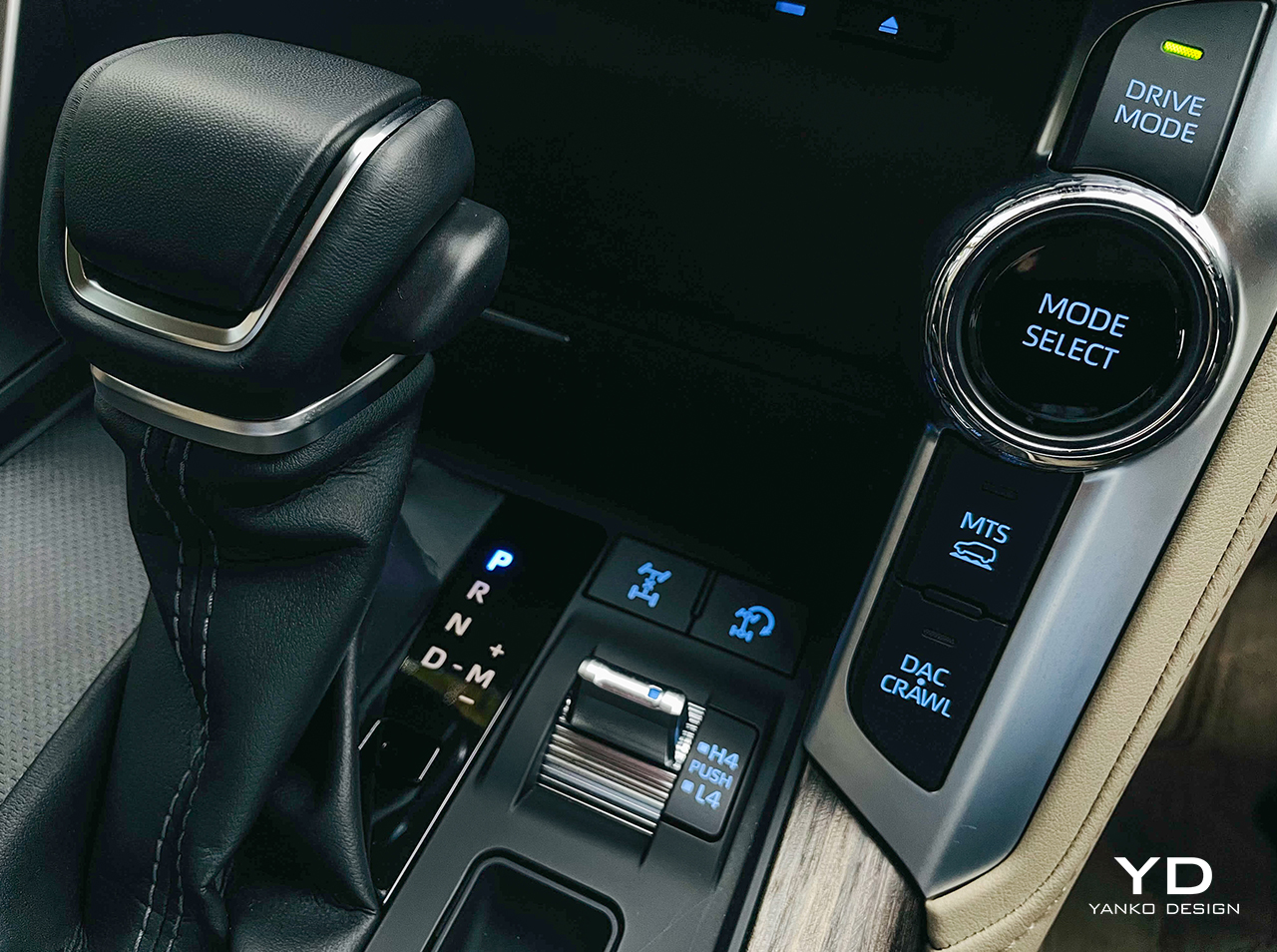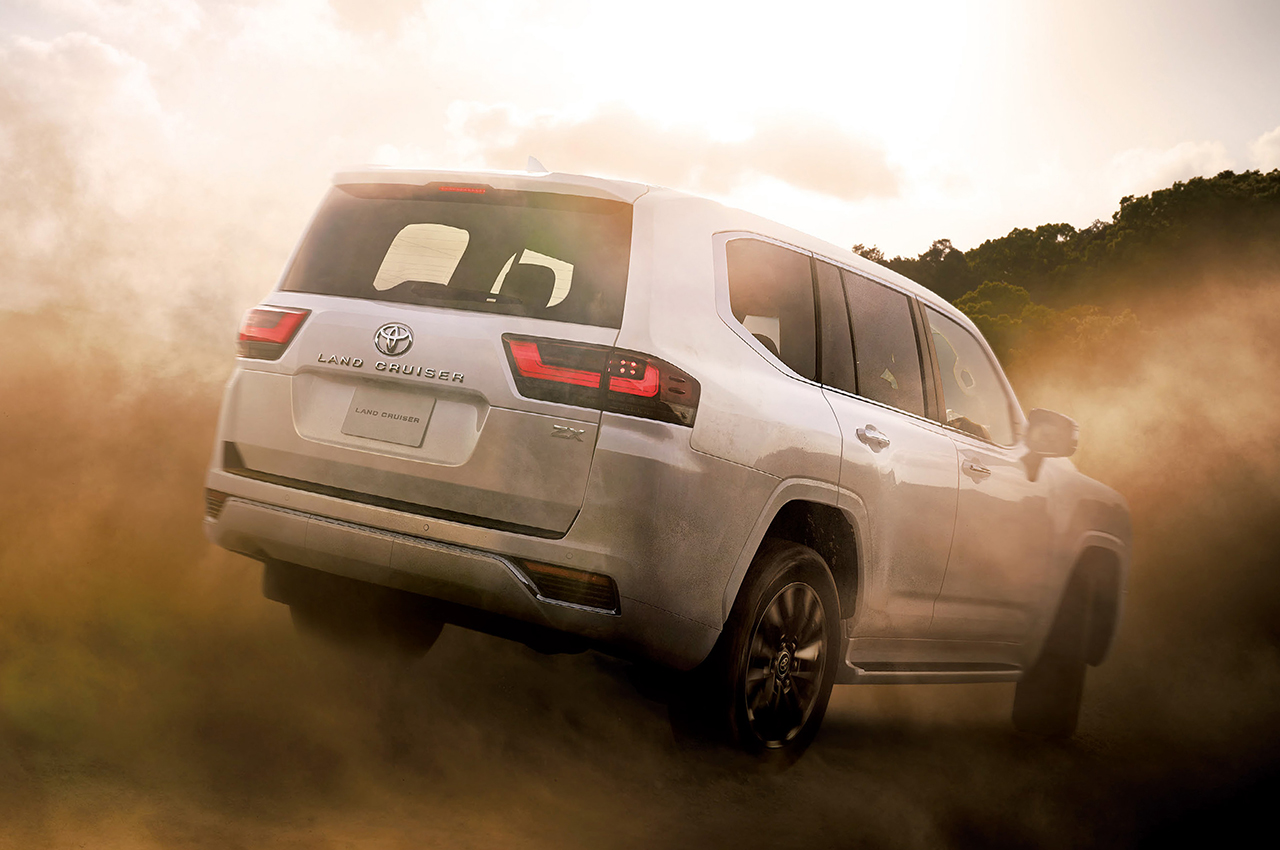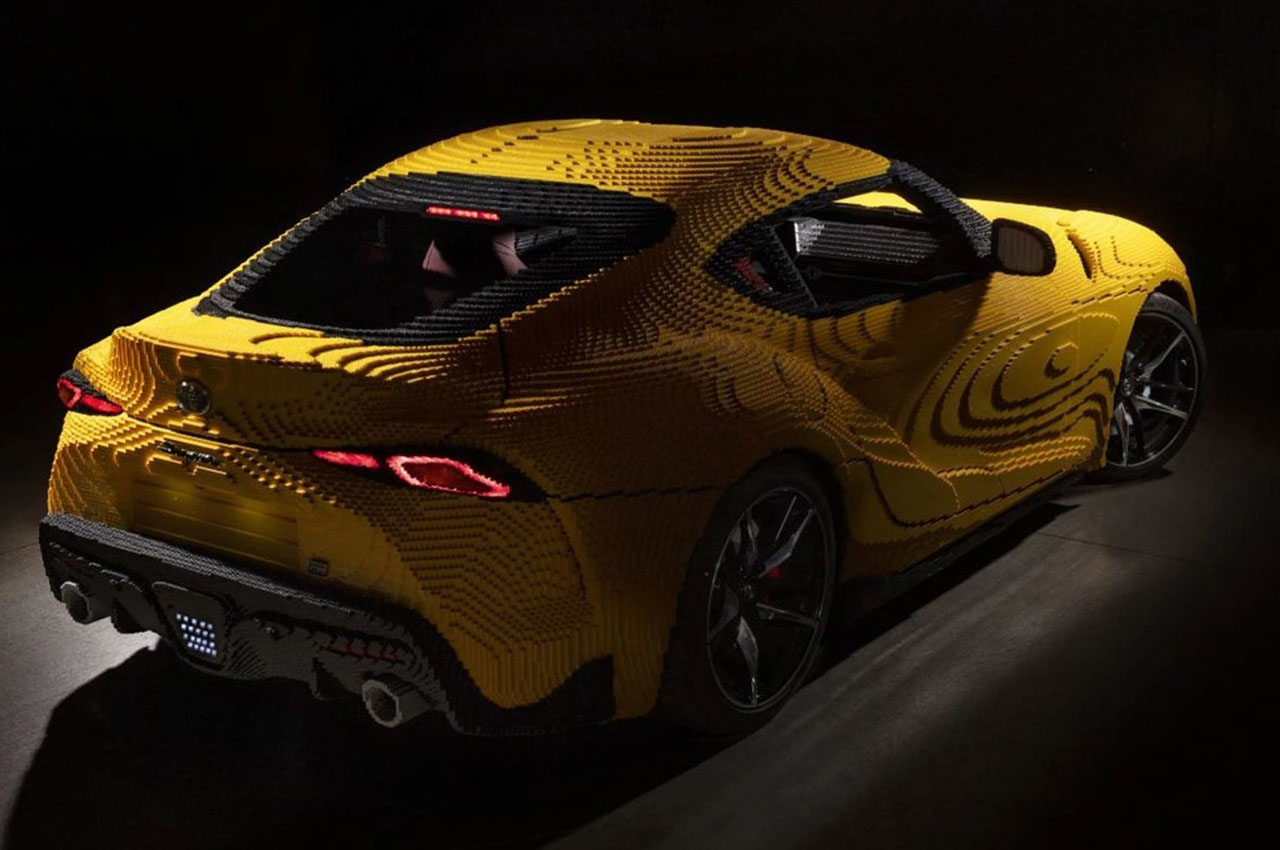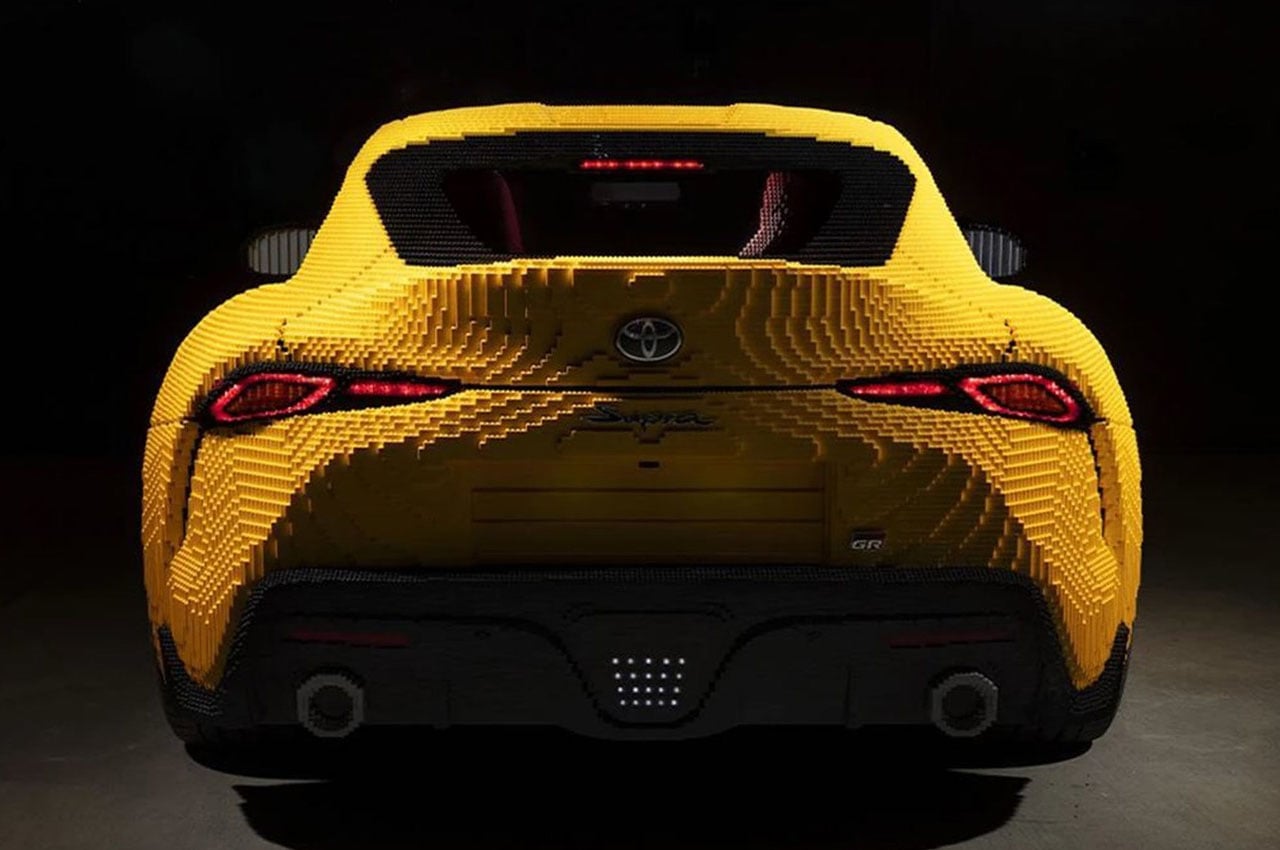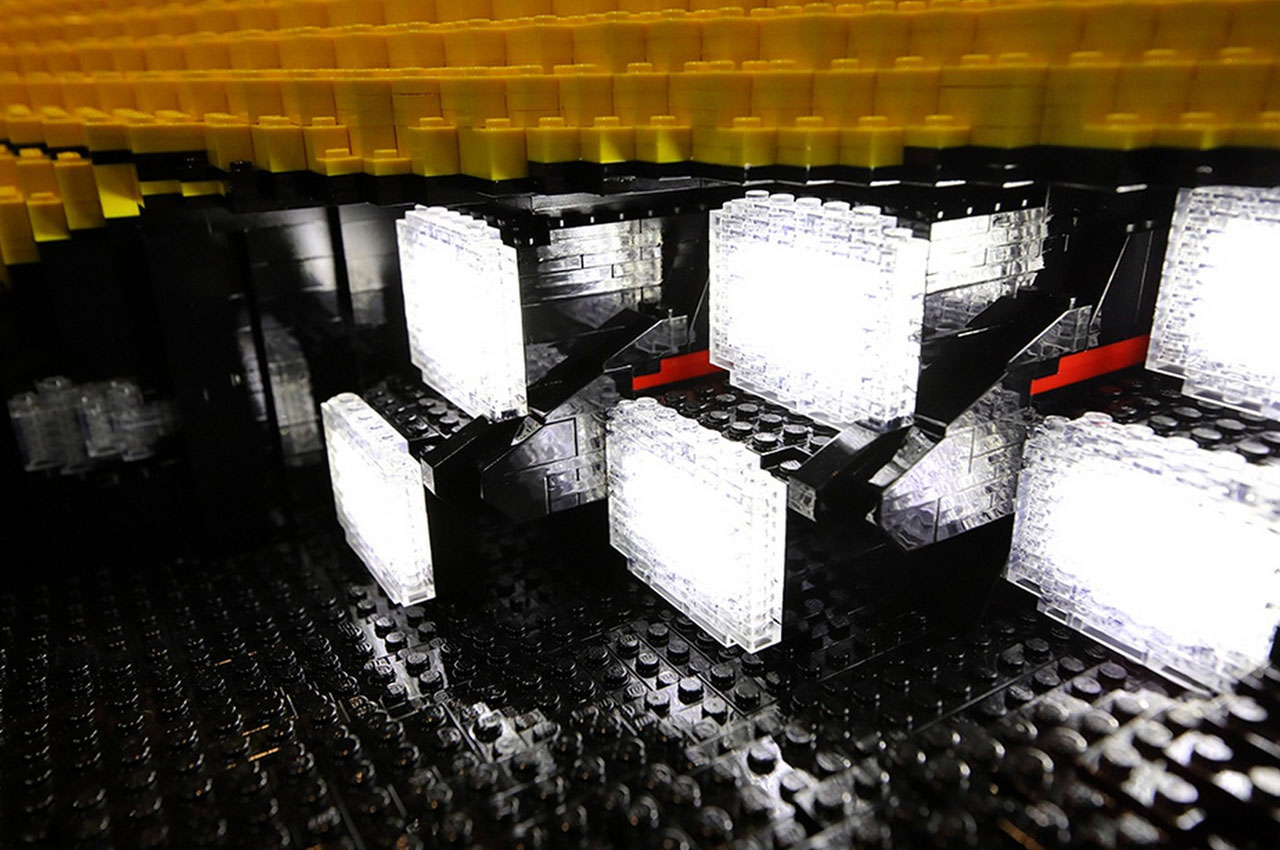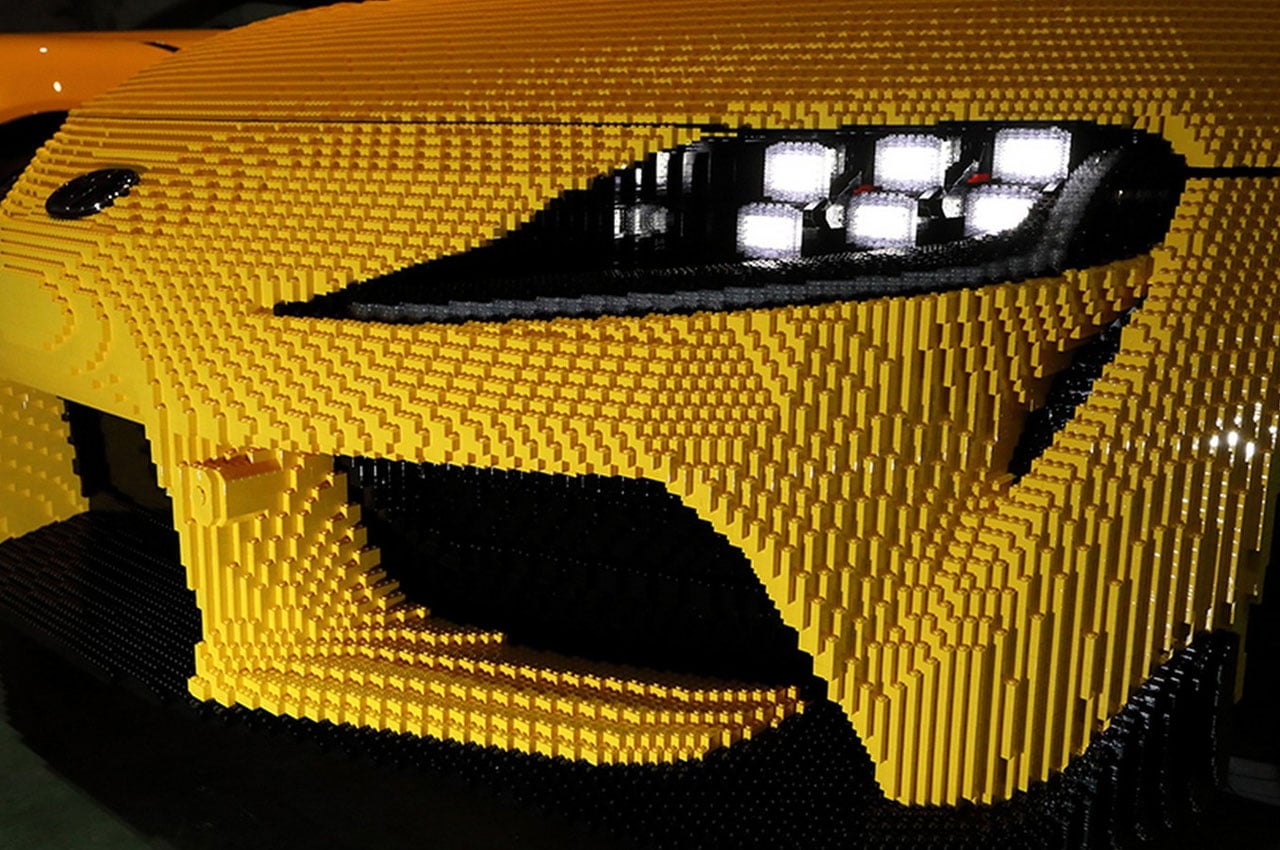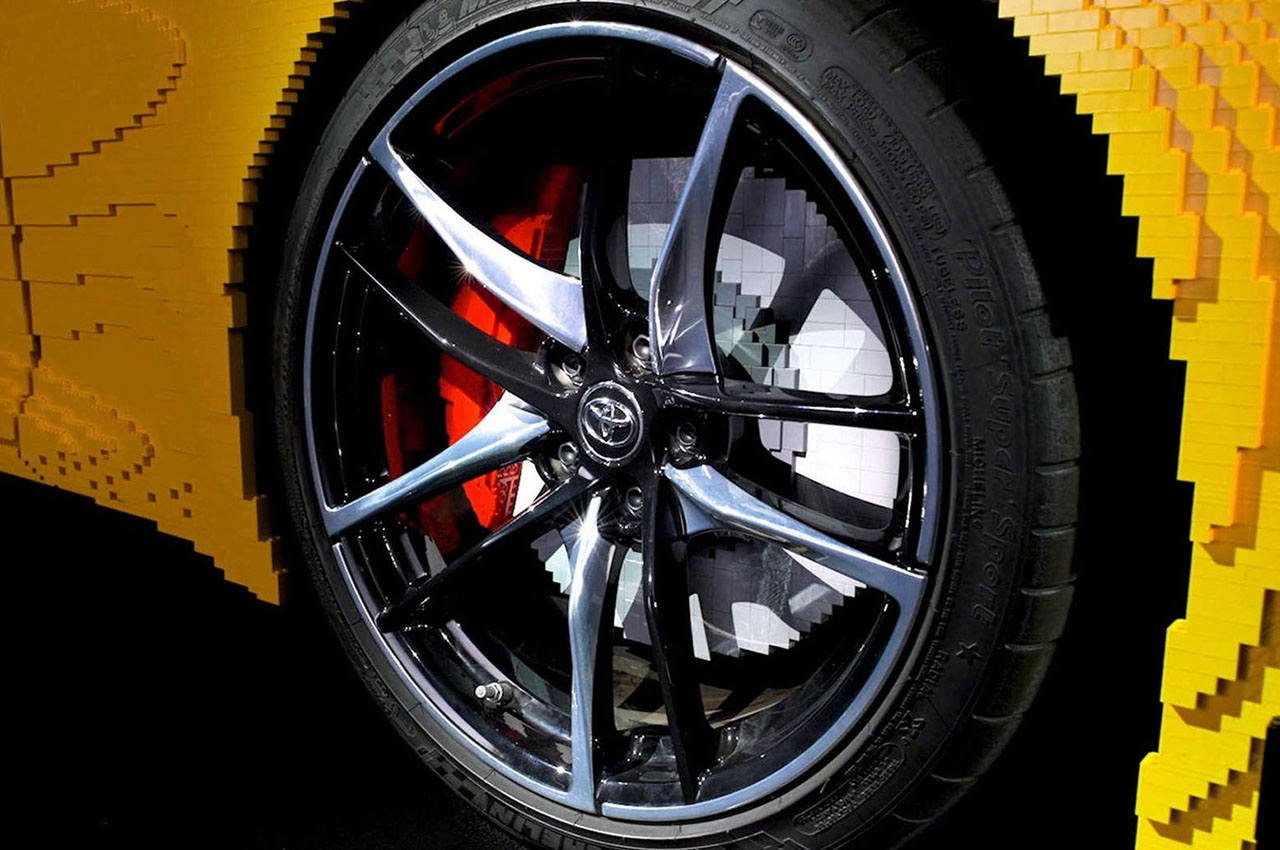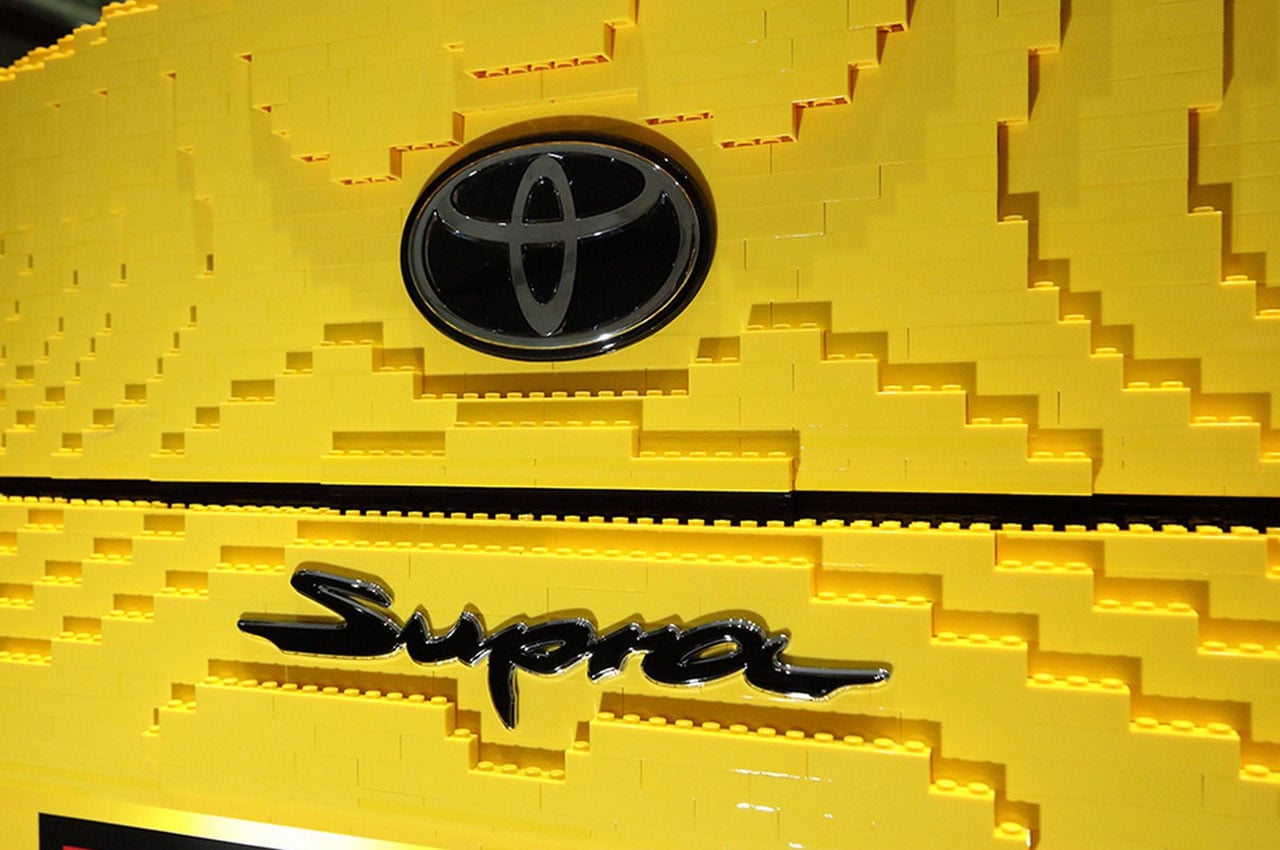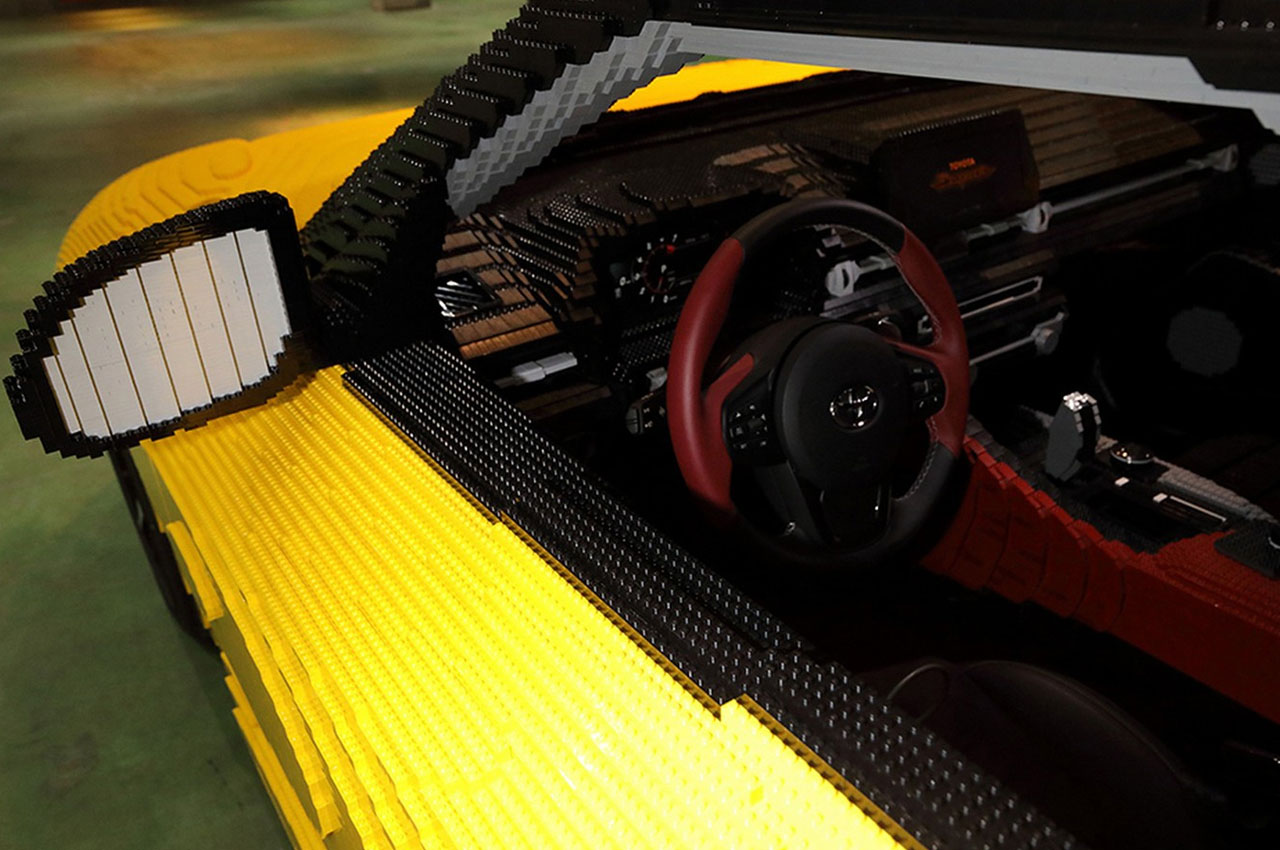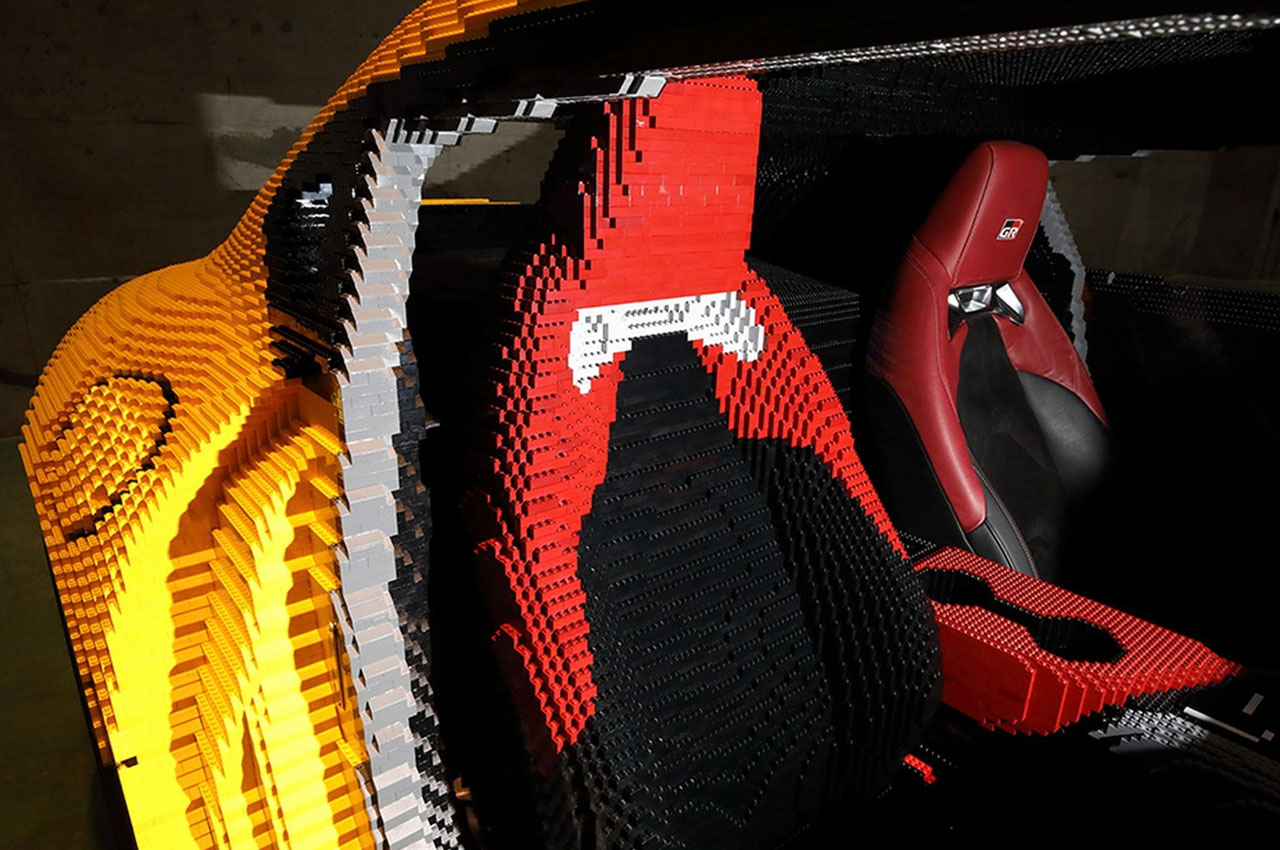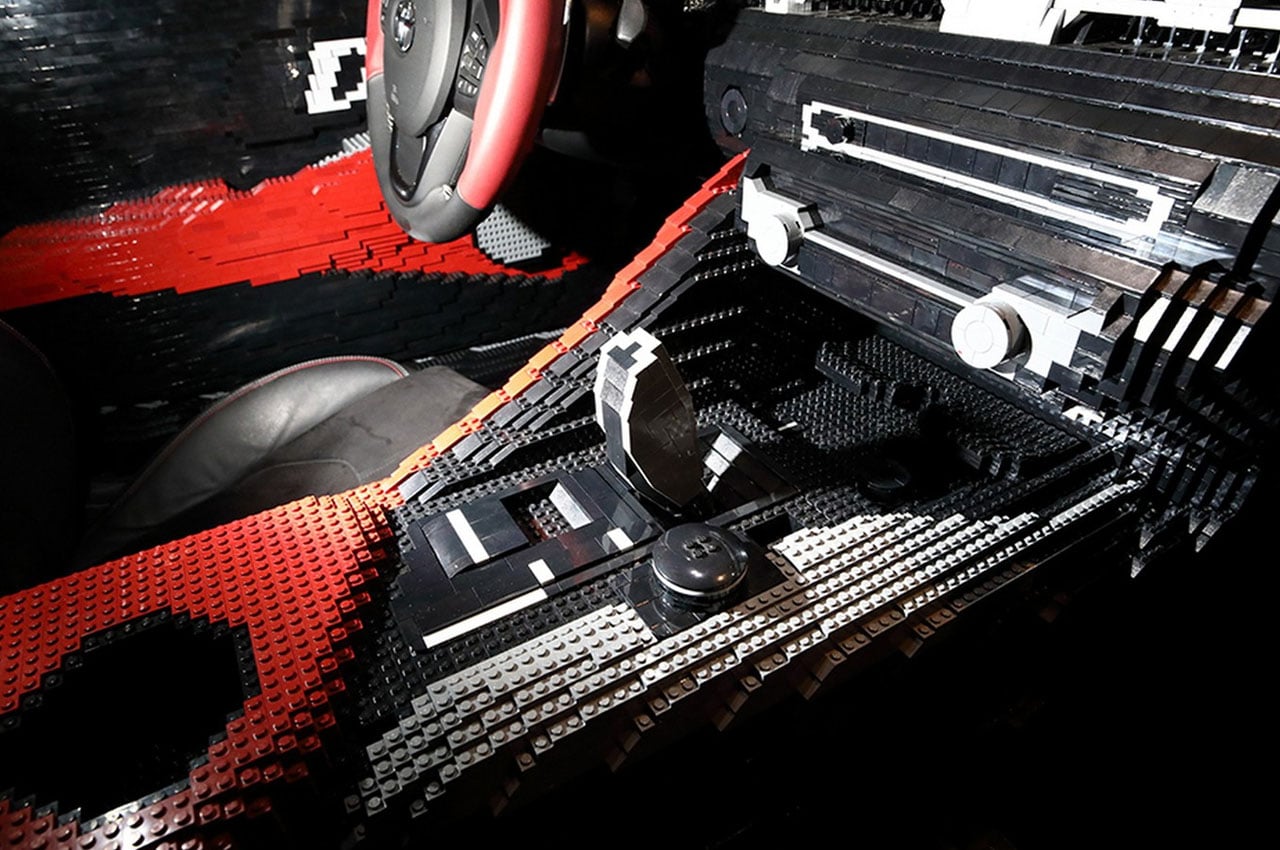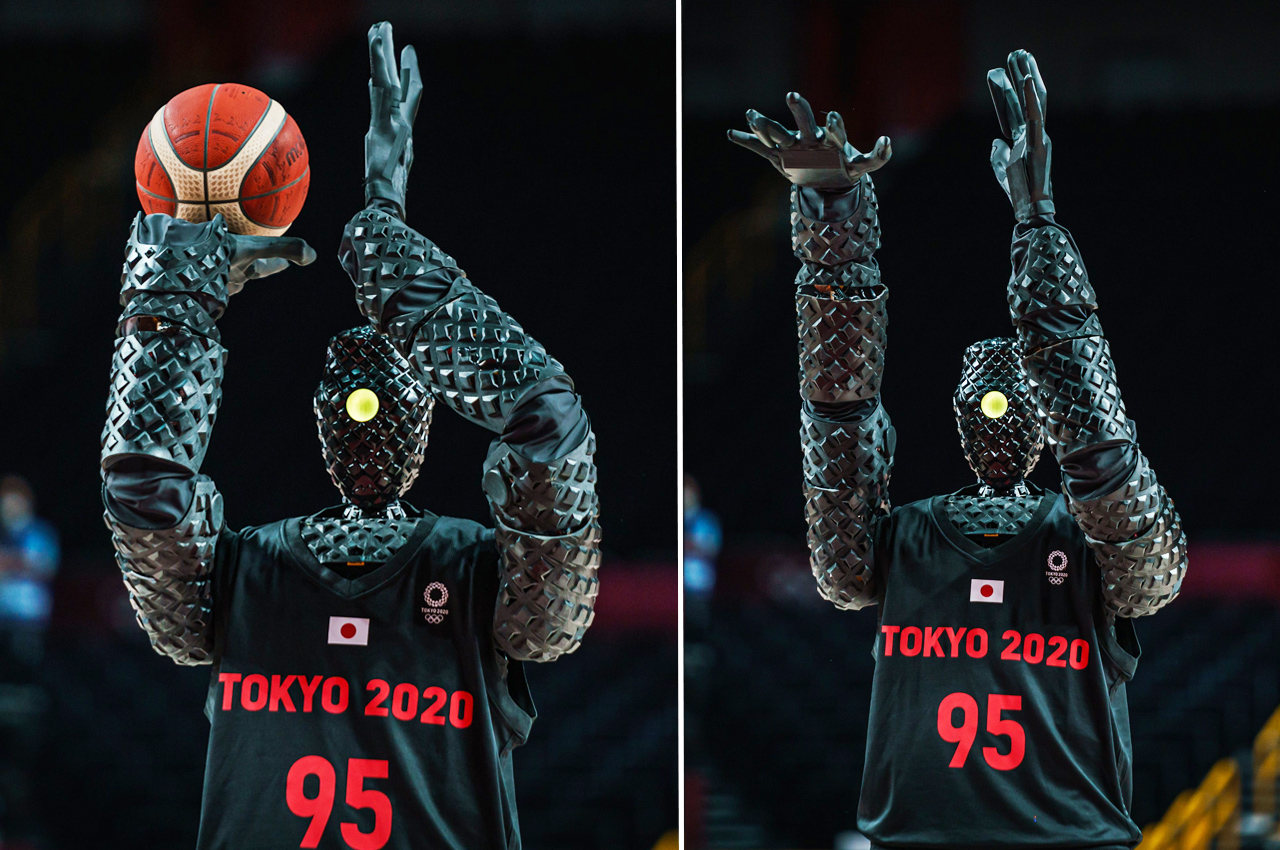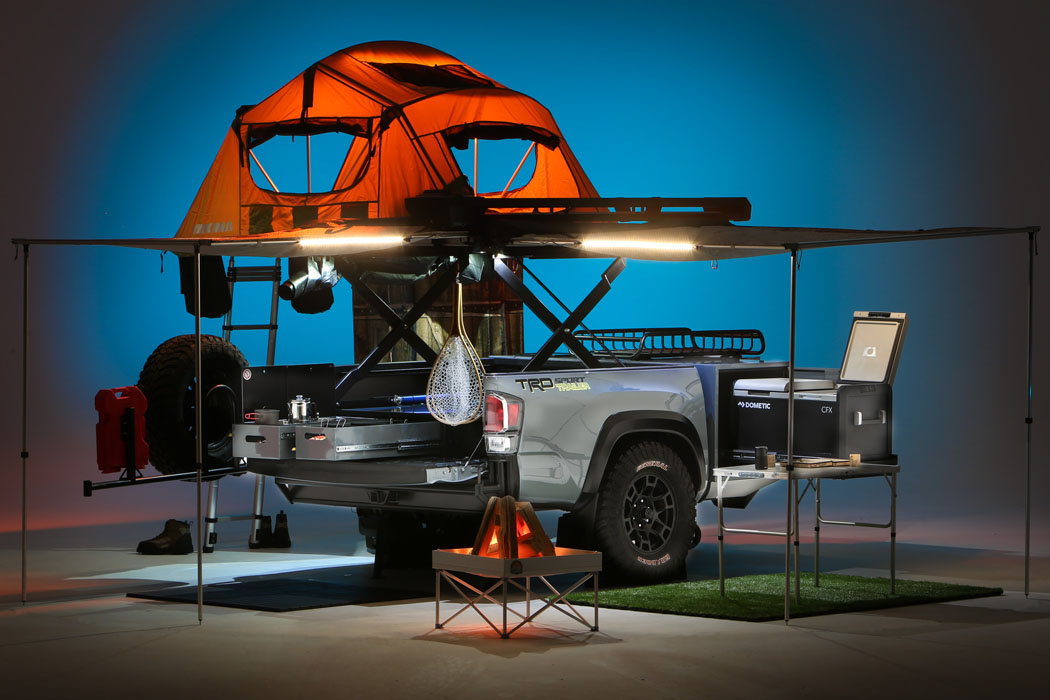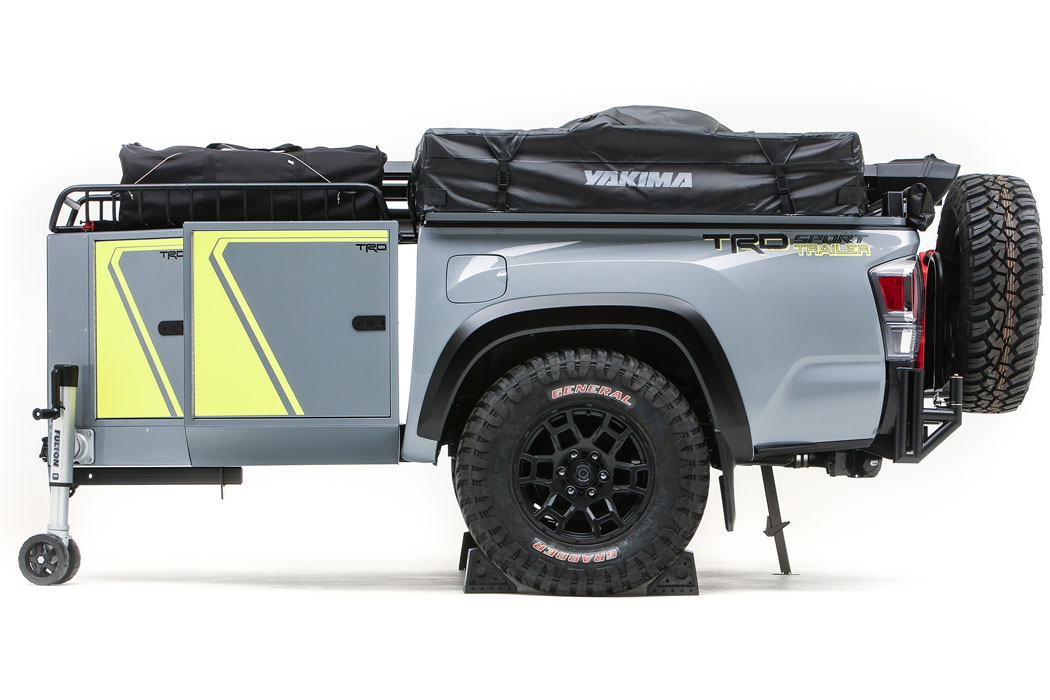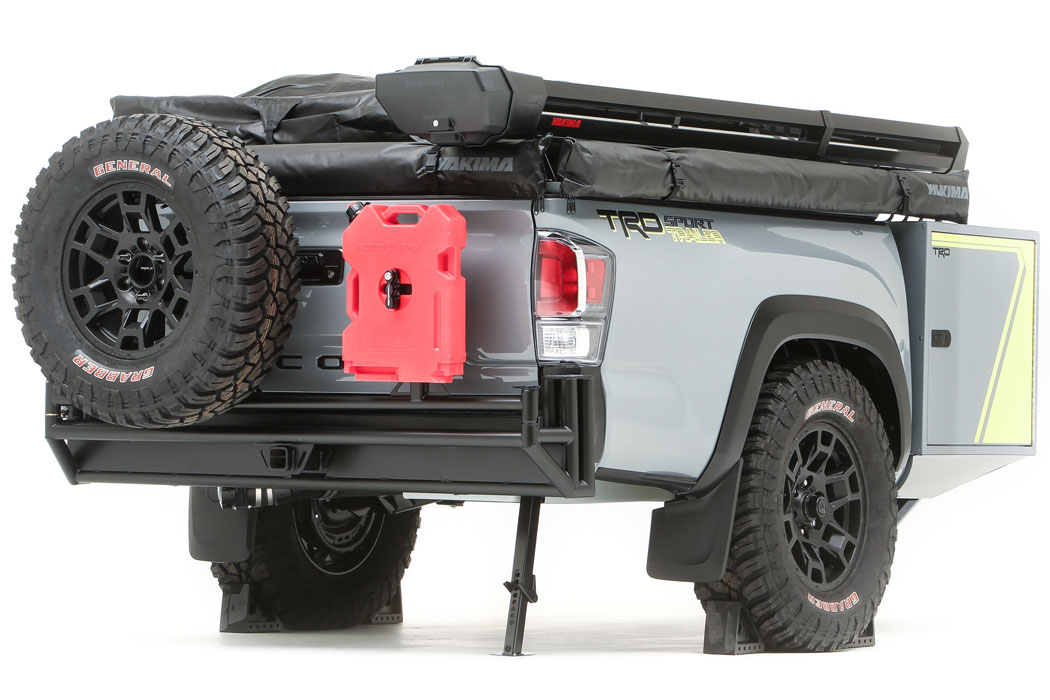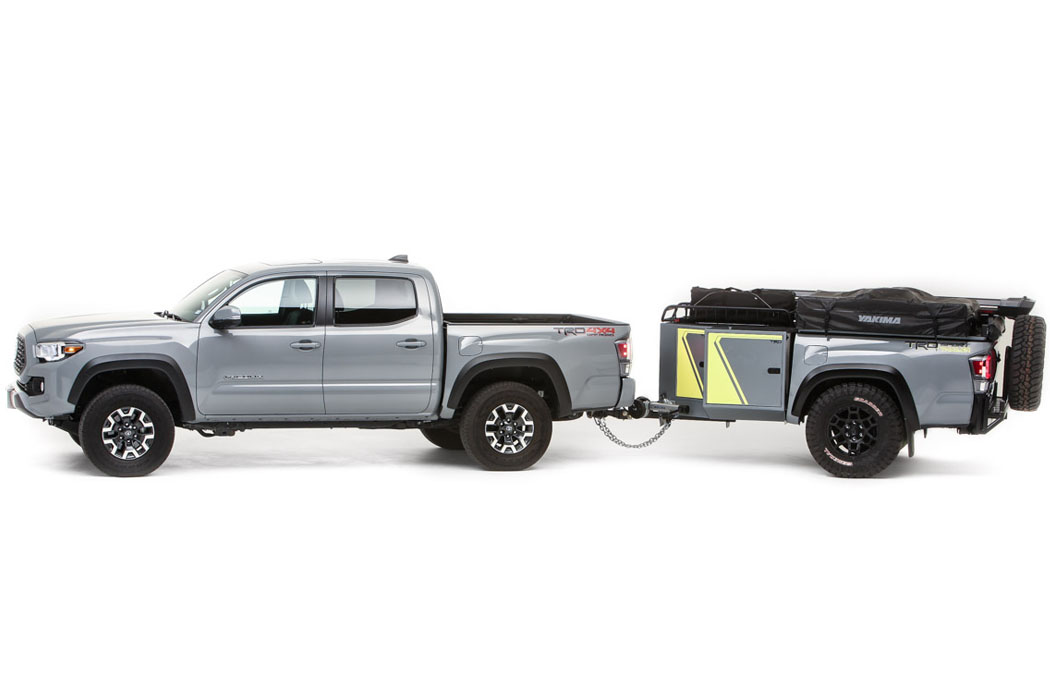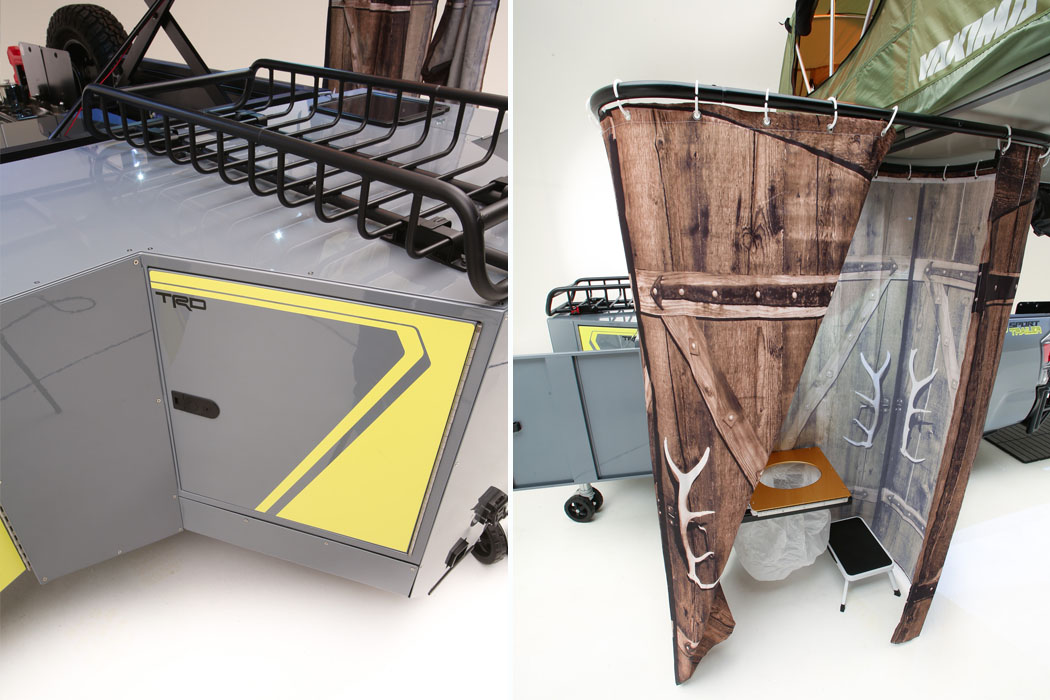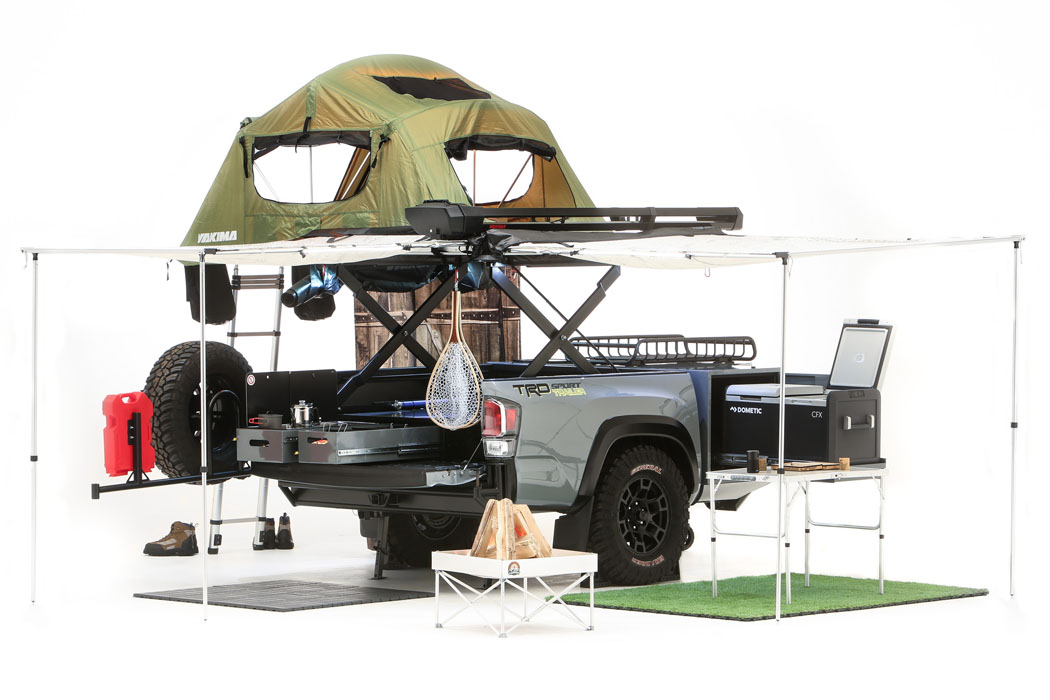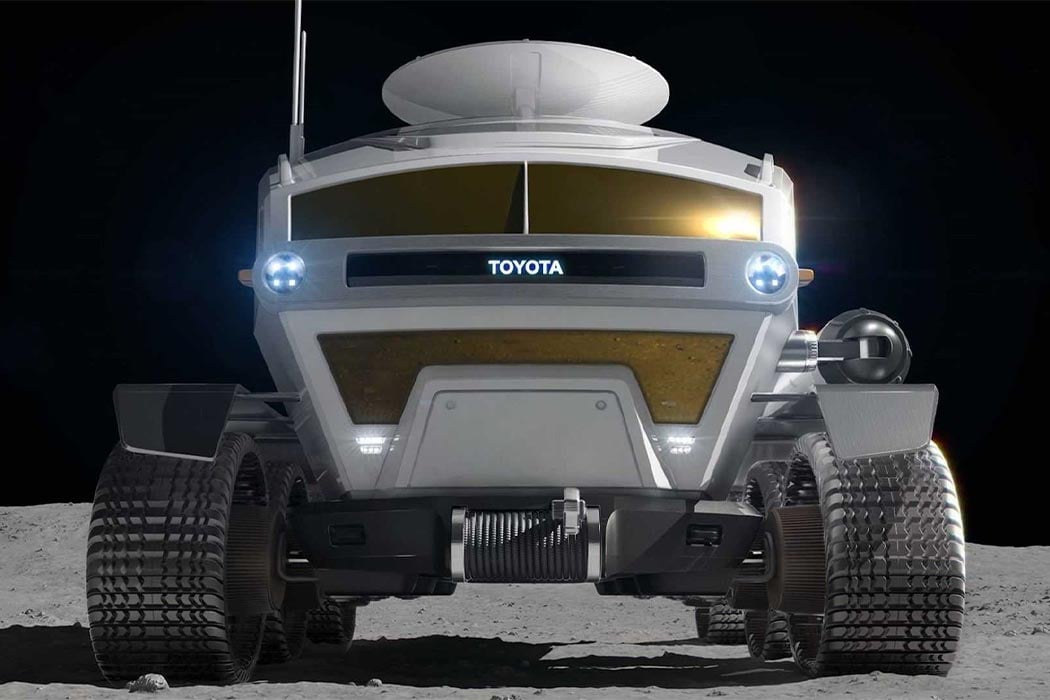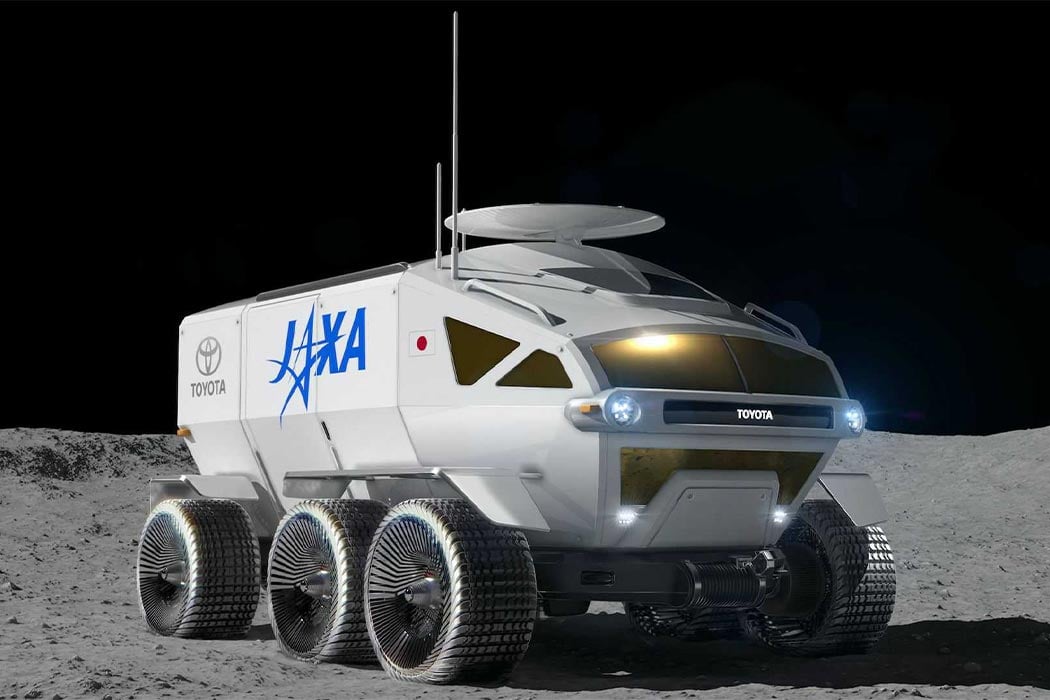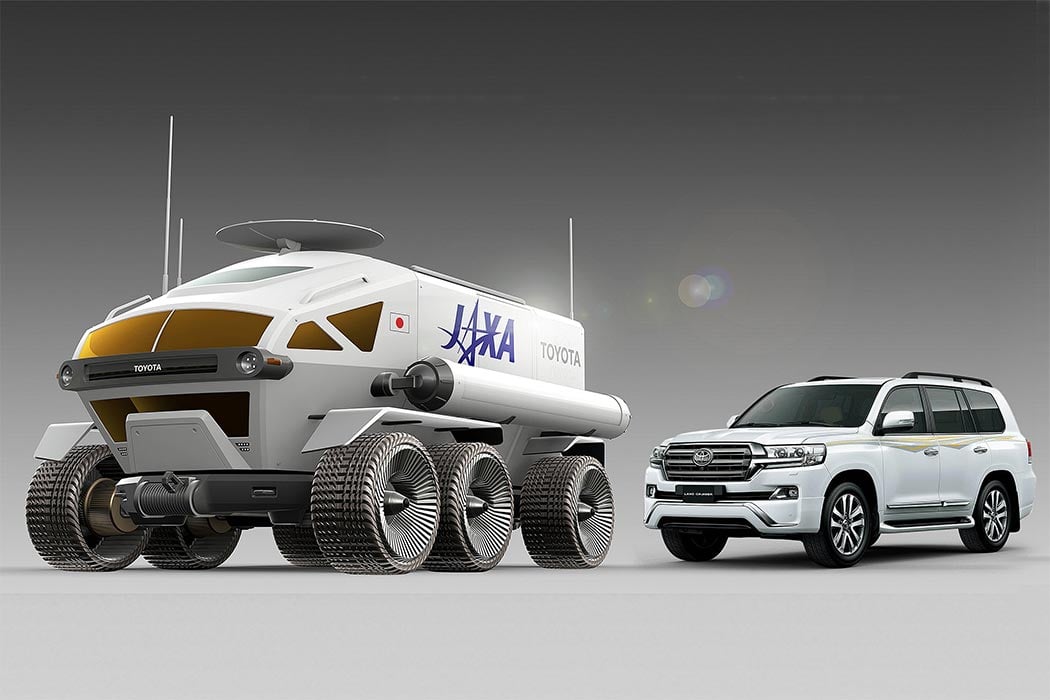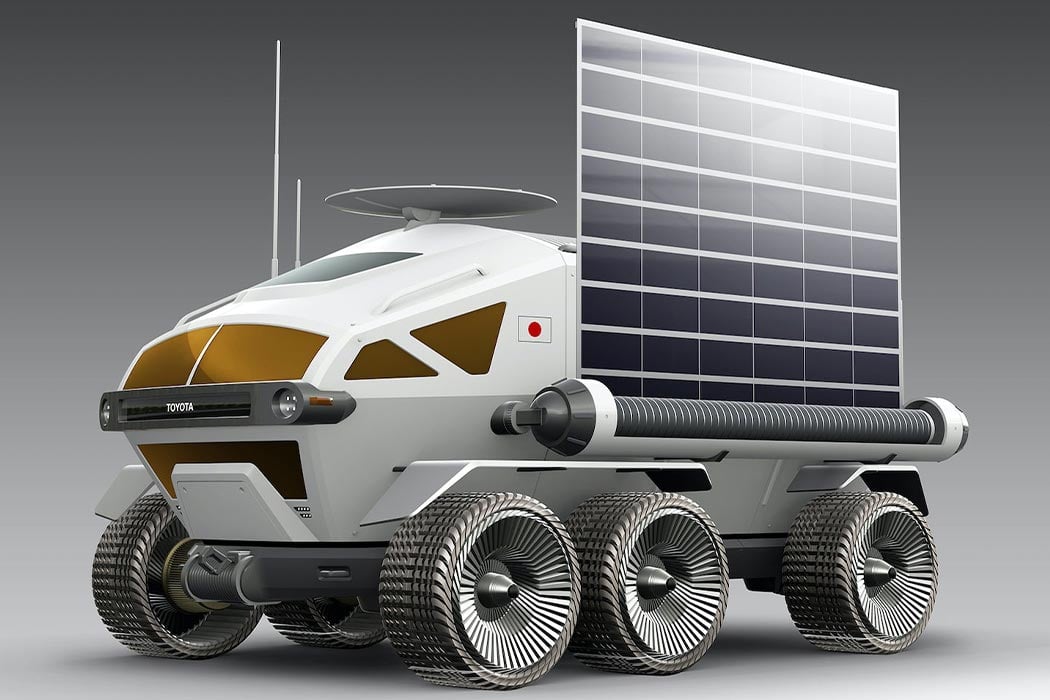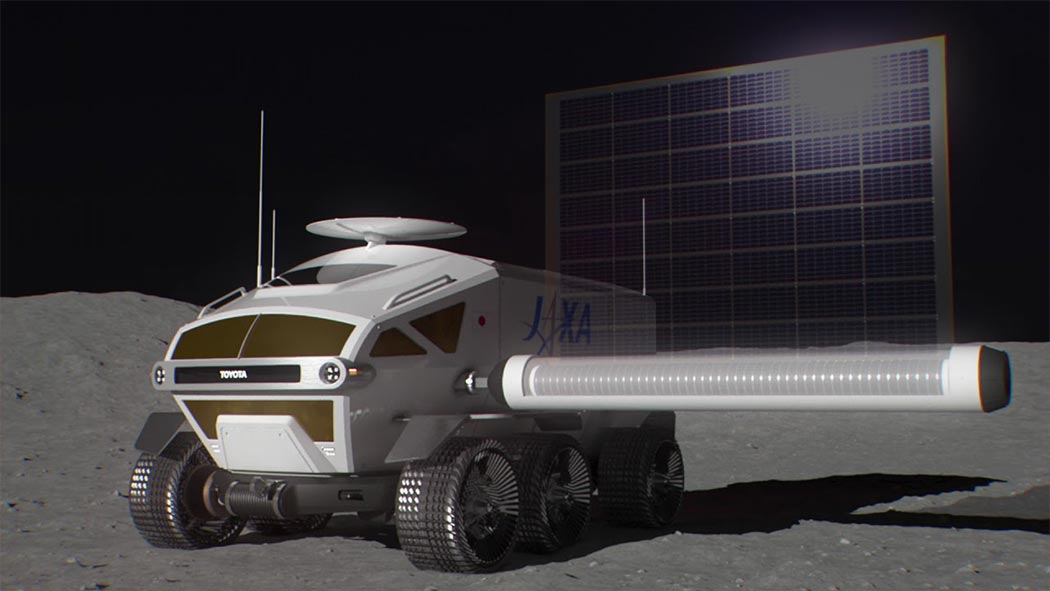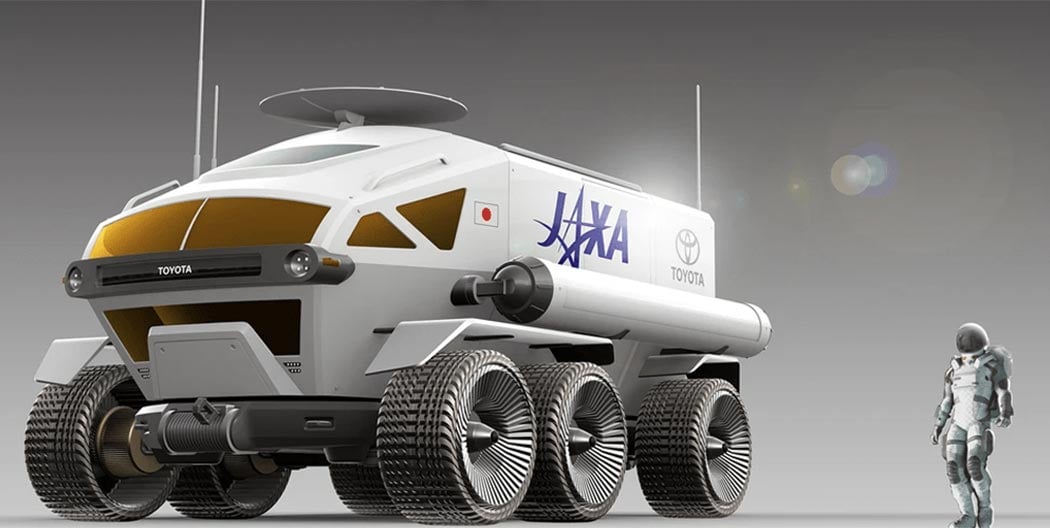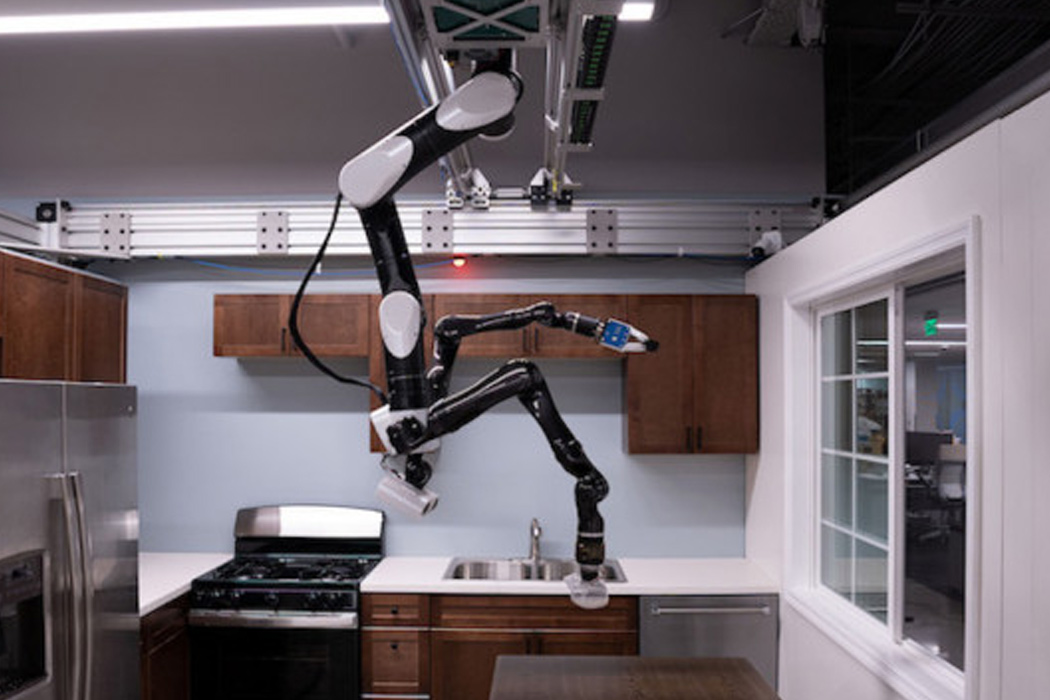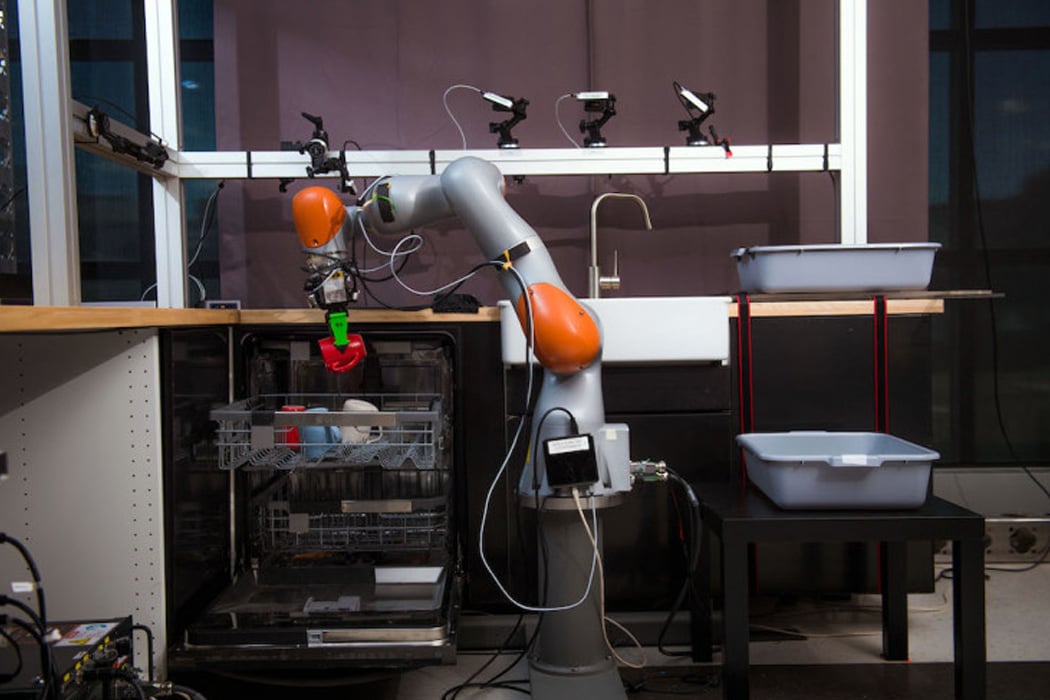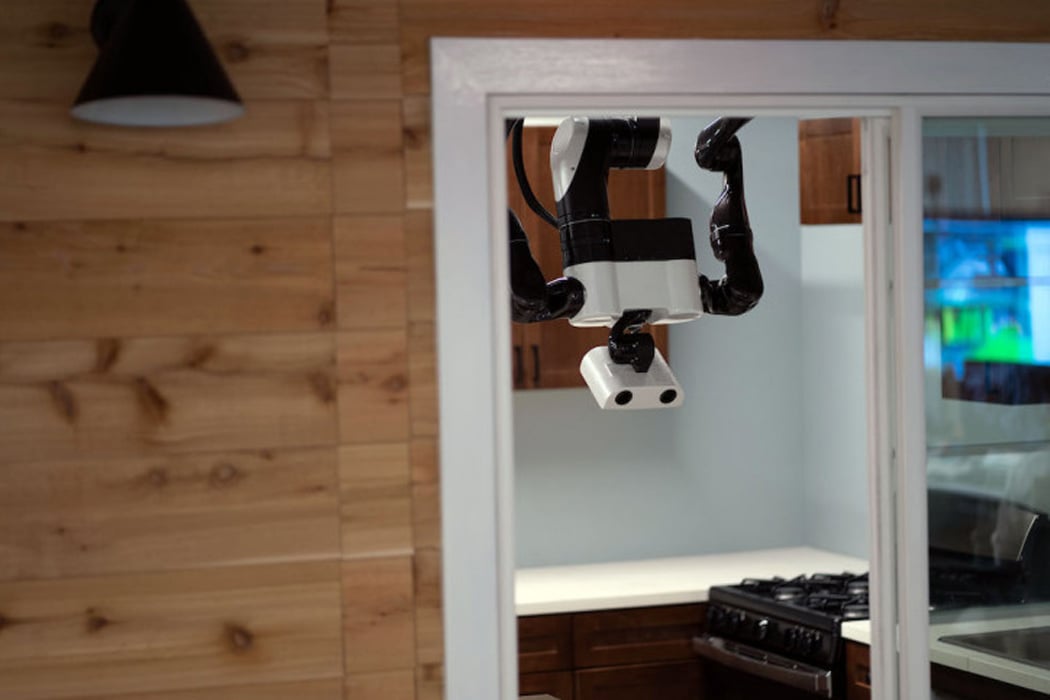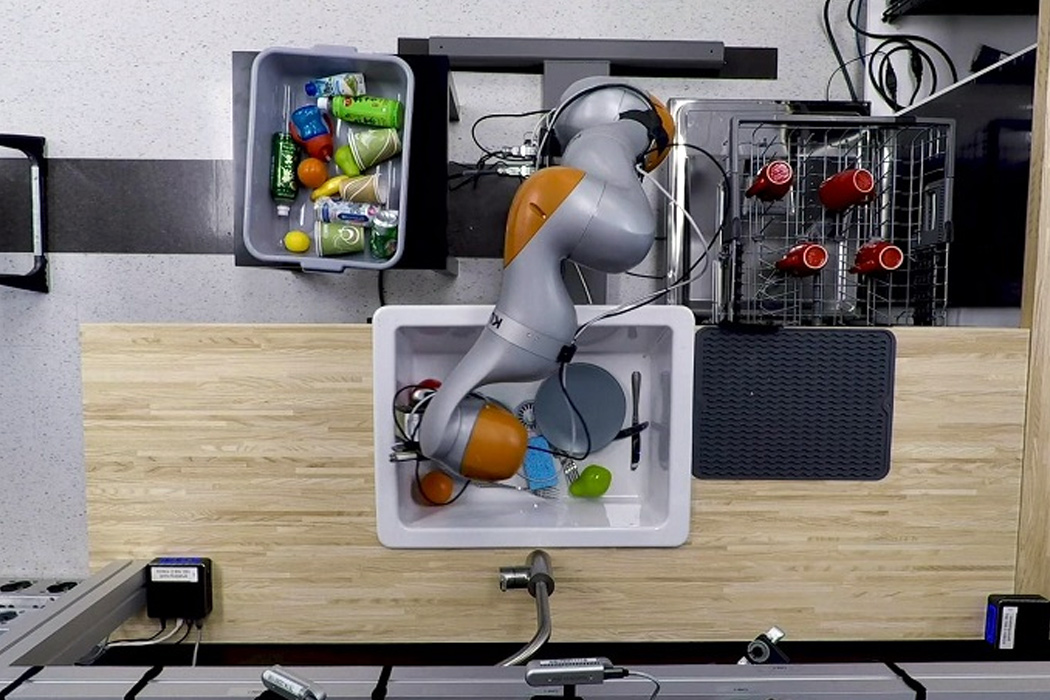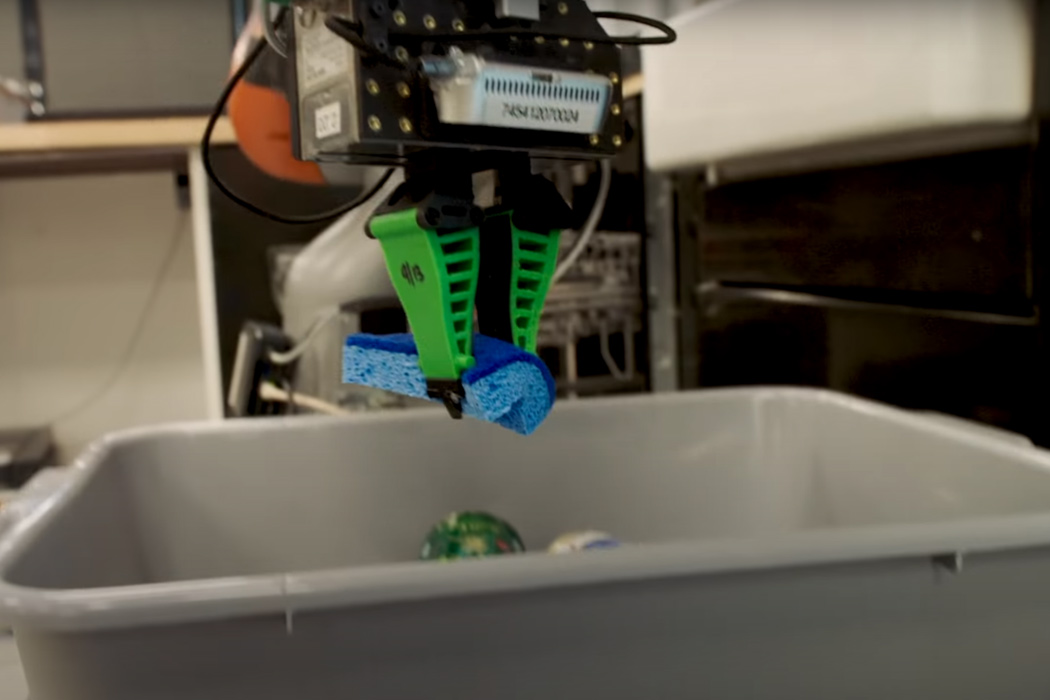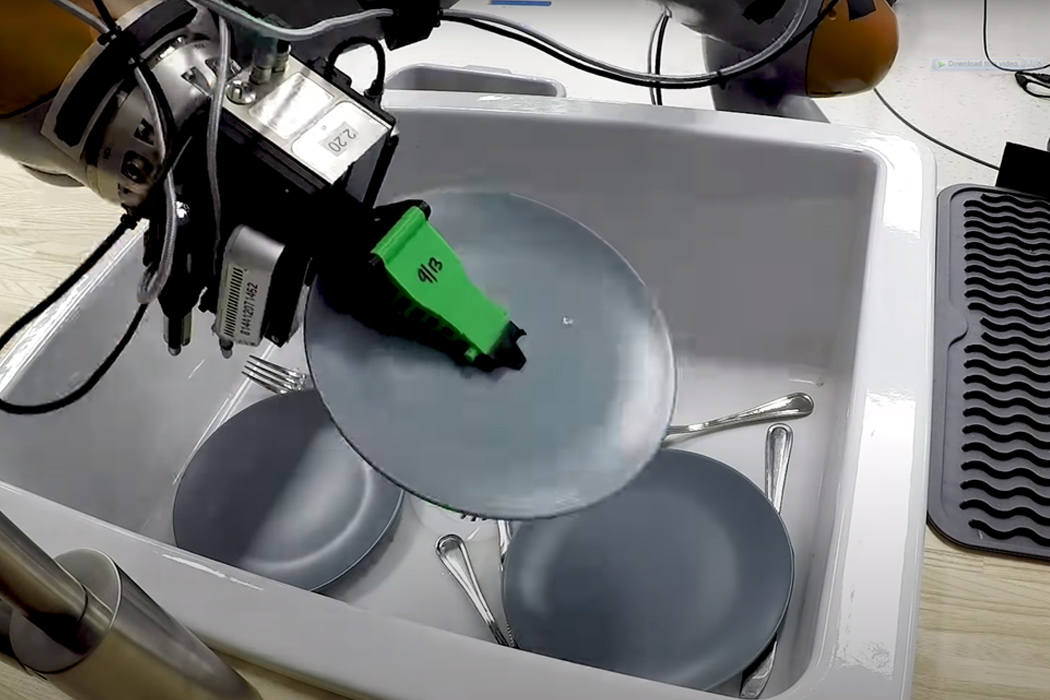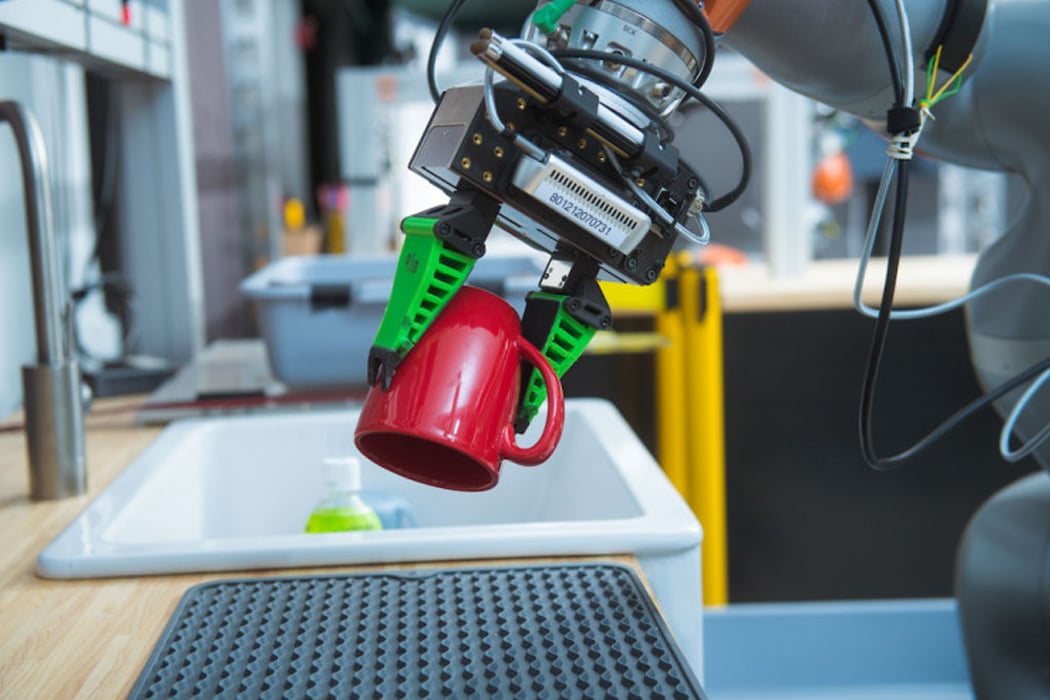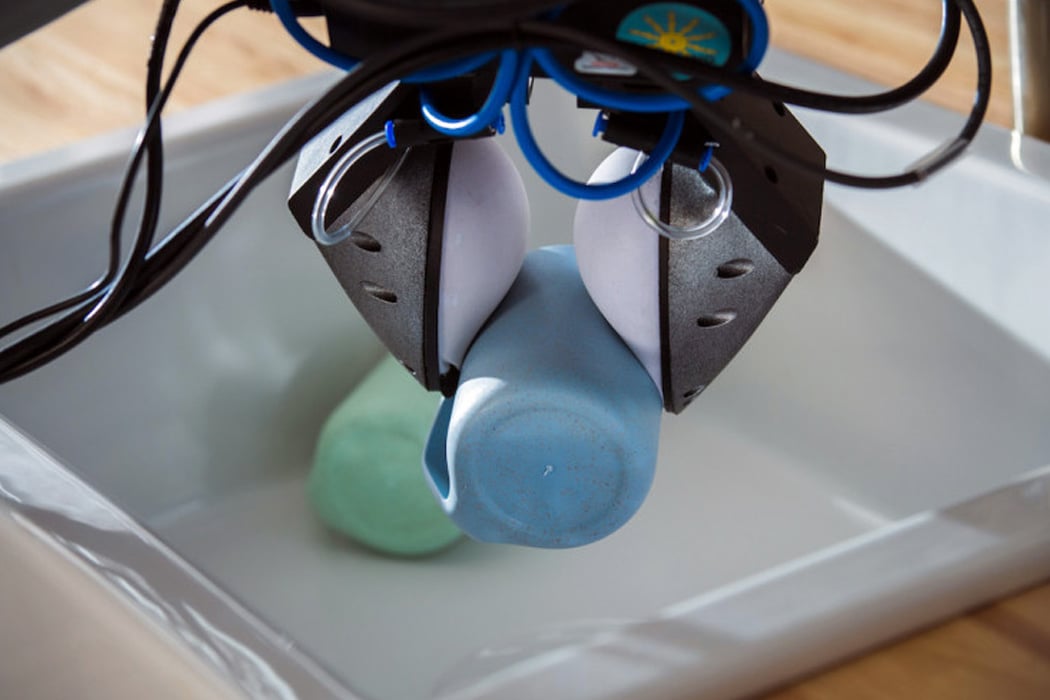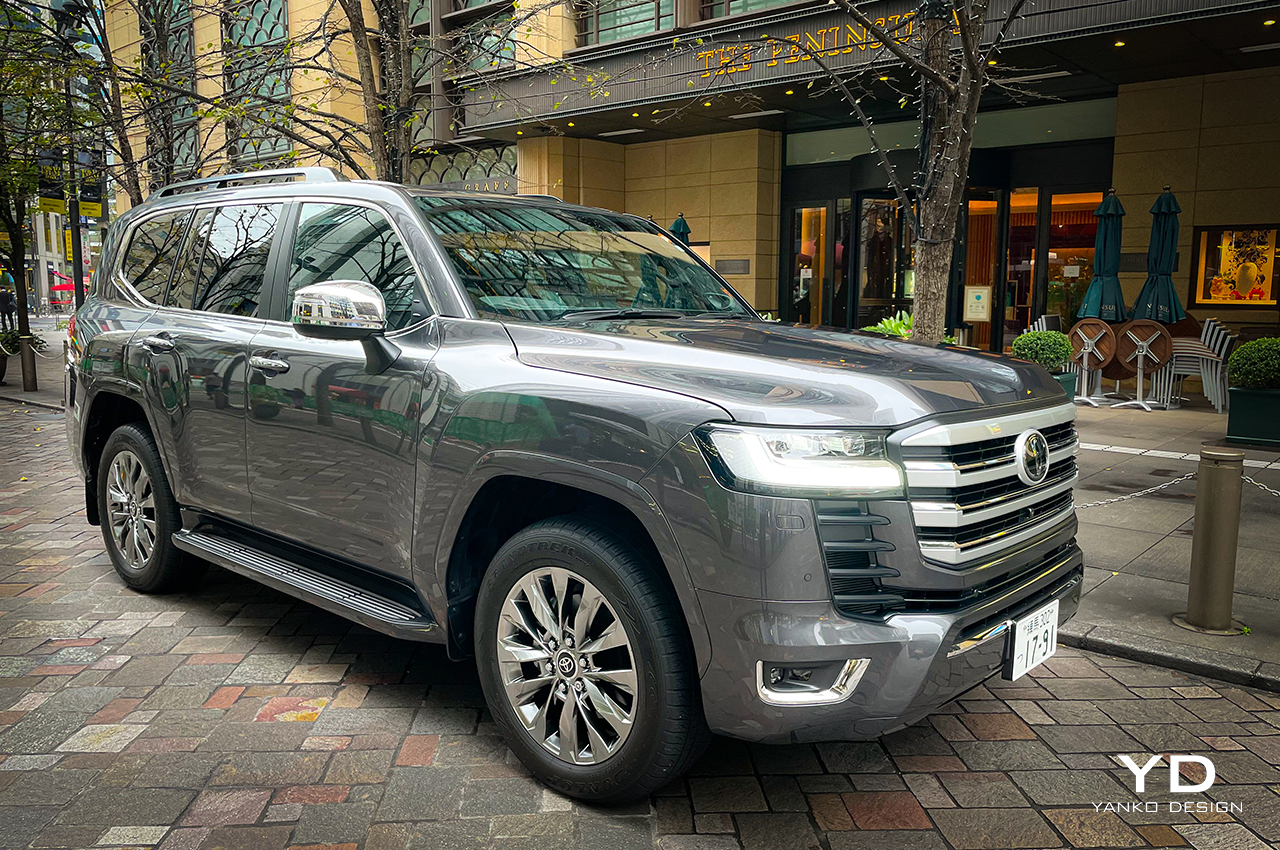
Forget the Corolla or Camry. The Land Cruiser is Toyota’s longest running vehicle series ever, having just reached its 16th generation after first debuting way back in 1951. Some 14 years since the 200-Series was launched in 2007, the all-new 300-Series version has arrived with a bolder exterior, new engines, more luxury inside, and a further evolution of that same bullet-proof reliability that made the car a living legend.
But order one today, and you won’t be picking it up until summer 2023. Yes, that’s right. The new Land Cruiser has a waiting time of over two years! According to Toyota, the intermittent supply of superconductors and parts from South-East Asia has severely hampered the production of the new model to the extent that Toyota in Japan has stopped taking orders. Deliveries to major export markets will be delayed as well.
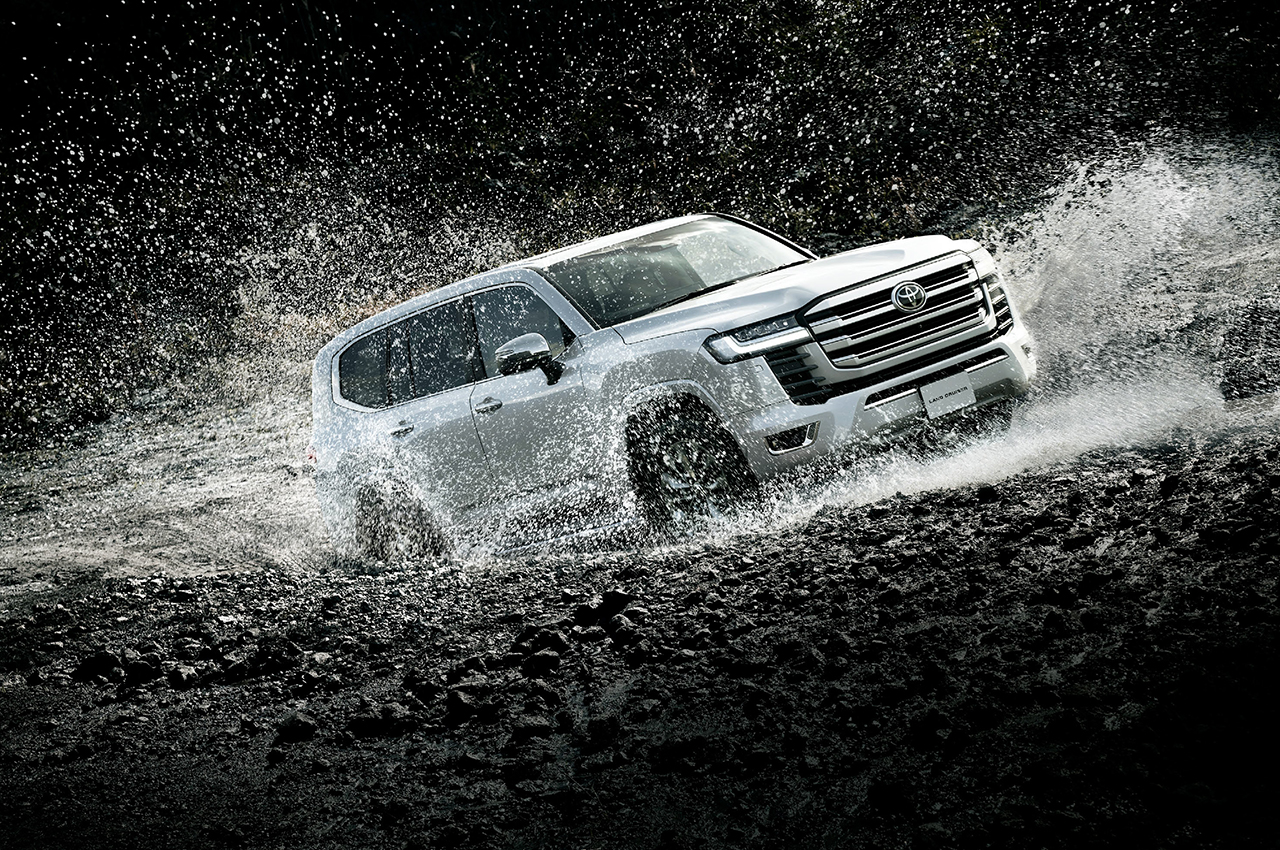
Image Credits: Toyota Japan
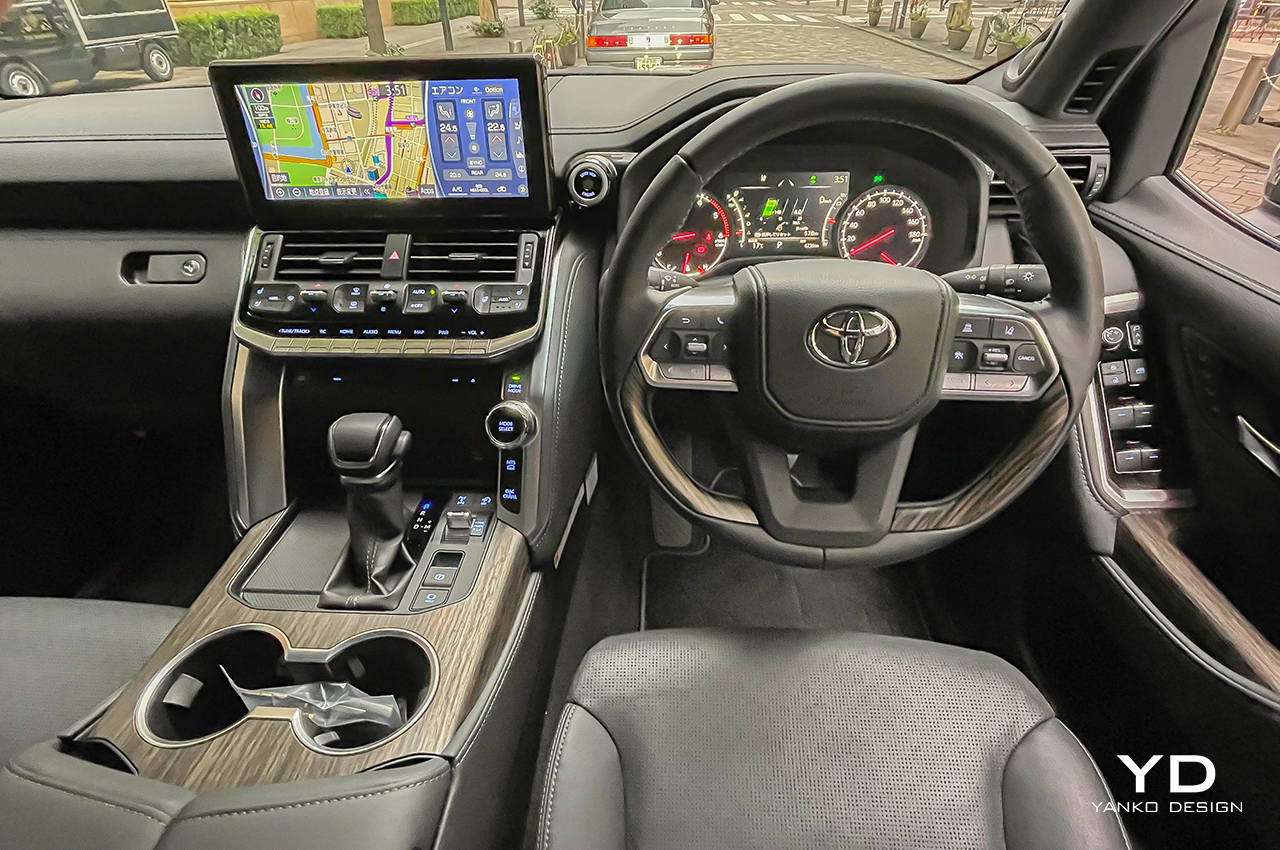
In its home market of Japan, it may not be one of the brand’s big sellers (when they have enough inventory to sell that is!), but over the last seven decades, the Land Cruiser has become a hugely popular, heavy-duty, go-anywhere vehicle in regions like the Middle East, Australia, Russia and Africa. Up against strong rivals like the Land Rover Defender and Mercedes Benz G-Class, Toyota’s superior build quality wins out.
Middle East and Australia Account for over 70% of sales
While the Middle East market might account for around 60% of global sales, my home country of Australia just happens to boast a 10% global share thanks to a strong rural fan-base where more than two in three farmers own a Land Cruiser. The reasons: reliability, durability, and cost performance. Whether in the Middle East or Australia, when you’re 100 miles from the nearest town, in rough off-road terrain and the temperature is 45C, you can’t afford to break down. If this off-roader is famous for anything, it’s not breaking down.
The vehicle’s unparalleled reliability, dependability, and popularity make the Land Cruiser a greatly sought-after vehicle in many parts of the world—to the extent that a thriving underground network of smuggling and illegal exportation has developed. In fact, in Japan today, the Land Cruiser currently holds the unenviable record as ‘the most stolen vehicle.’

Image Credits: Toyota Japan
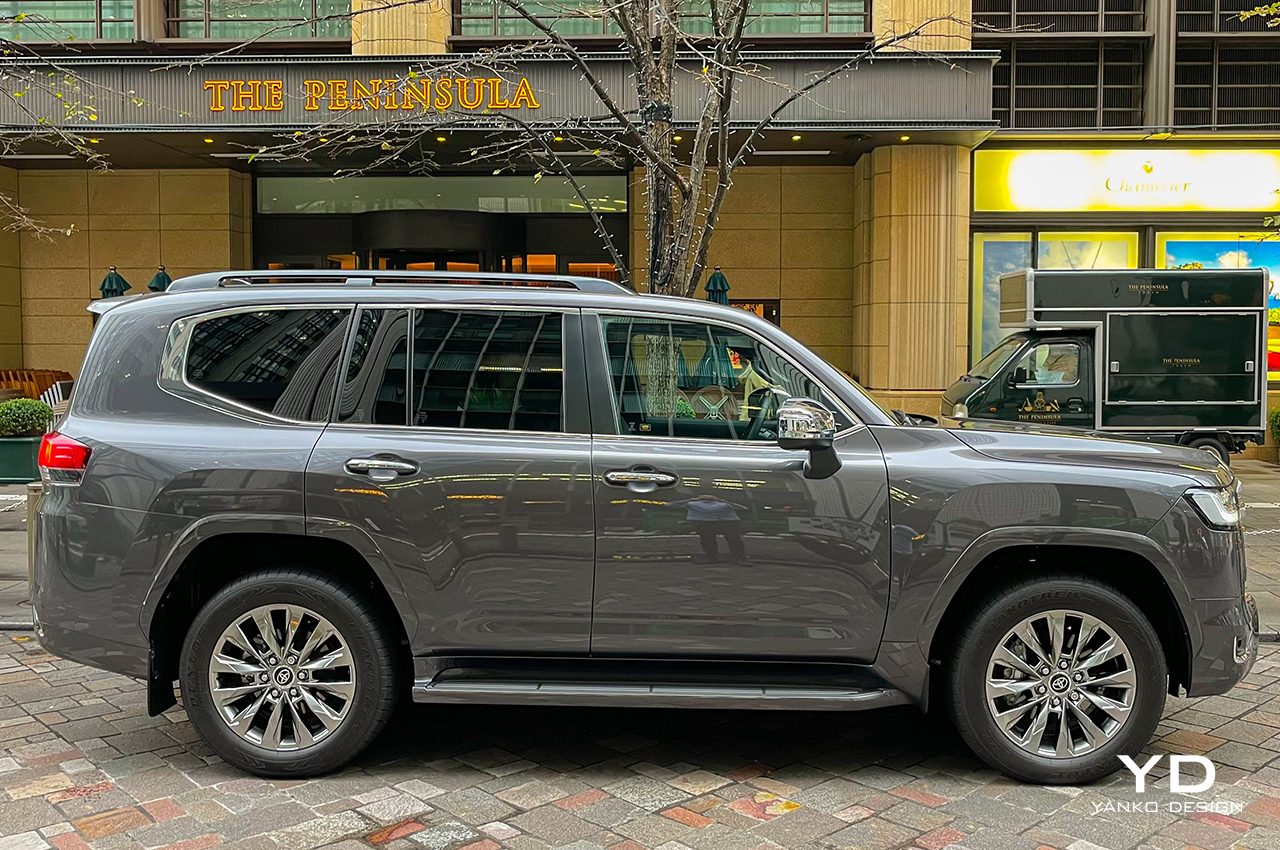
So let’s see what makes this legendary SUV such a hit. Firstly is it the design? Unlike the Defender, G-Class, Jeep, Ford Bronco, or even Suzuki Jimny, which, over the years, have inherited similar and evolving design themes from generation to generation, the Land Cruiser has not had one identifiable exterior feature throughout the decades. So Toyota could have been really adventurous with the new model’s design, in the same way as Land Rover totally overhauled the Defender’s styling but retained key design characteristics from previous models thus maintaining the styling lineage. But it was not. A big part of what Toyota did do to make the car handle better and improve economy and emissions made the Land Cruiser some 200-kgs lighter by employing such weight-saving measures as lighter powertrains and an aluminum roof and hood. The new model now tips the scales at around 2430-kgs.
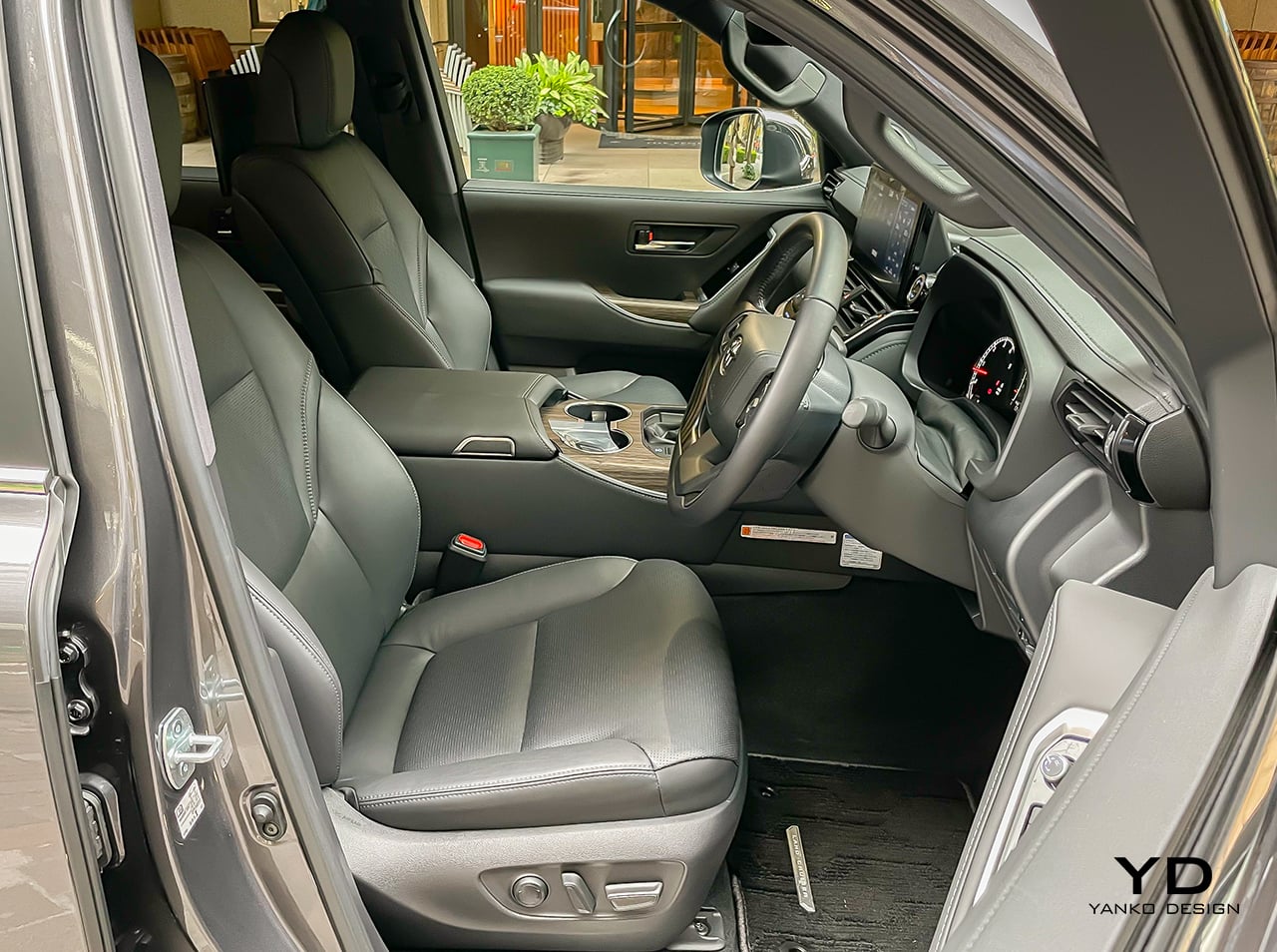
Design Features New Body-On-Frame Chassis
Simply put, the new 300-Series Land Cruiser, which comes in a choice of either 5-seater or 7-seater versions, looks like a neat, safe, unadventurous evolution of the outgoing 200-Series. The new model inherits the same boxy proportions, but this time it gets a larger, bolder grille and similar squarish headlights. With more on-road presence, the new version does appear more rugged, having been given accented edges and lines on its side profile, flared wheel arches, deeper side skirts, and a more stylized D-pillar.
What does all that mean? It translates to Toyota wanting to please a strong, global but conservative customer base who care a lot more about the reliability and the latest technology than design flare. The bottom line is that Land Cruiser owners want more of the same performance and reliability, more of what this tough SUV has delivered over the last 70 years.
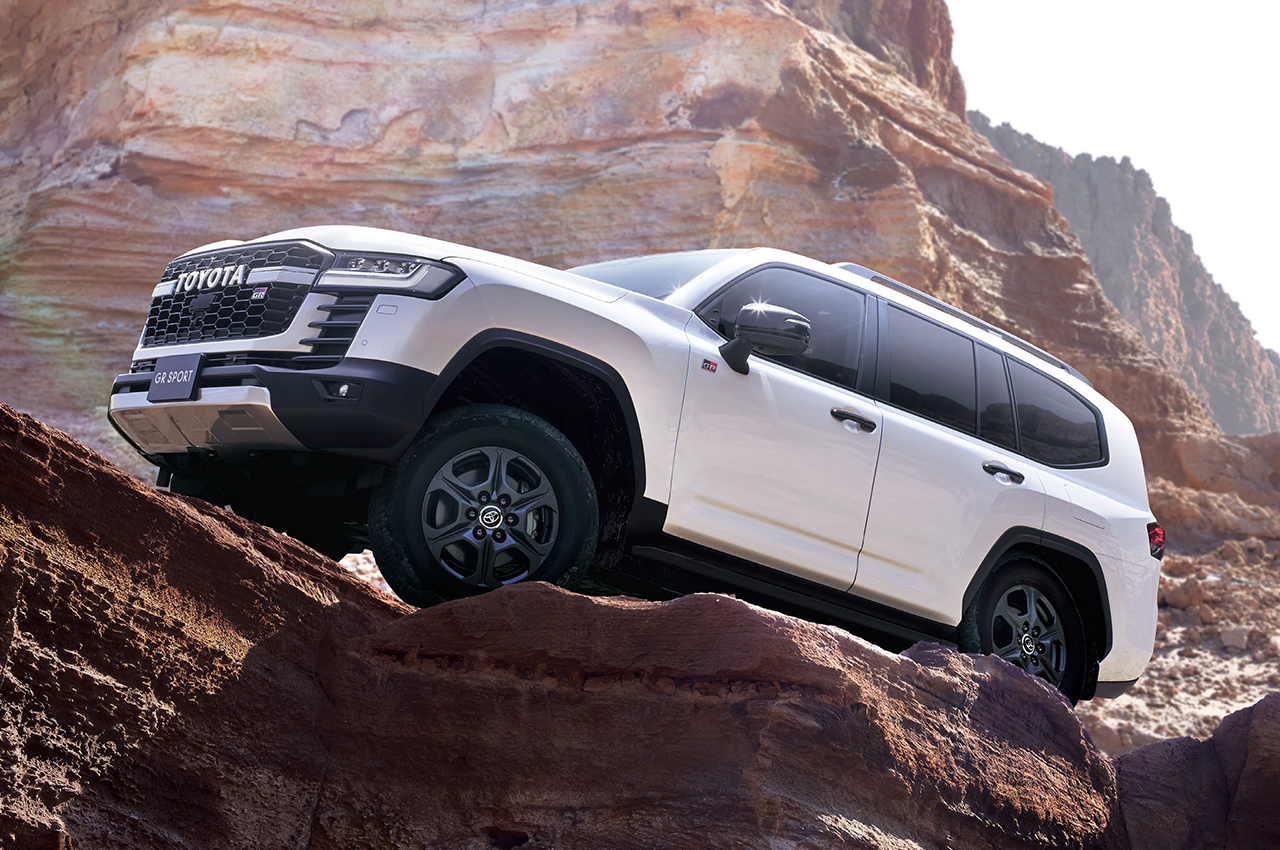
Image Credits: Toyota Japan
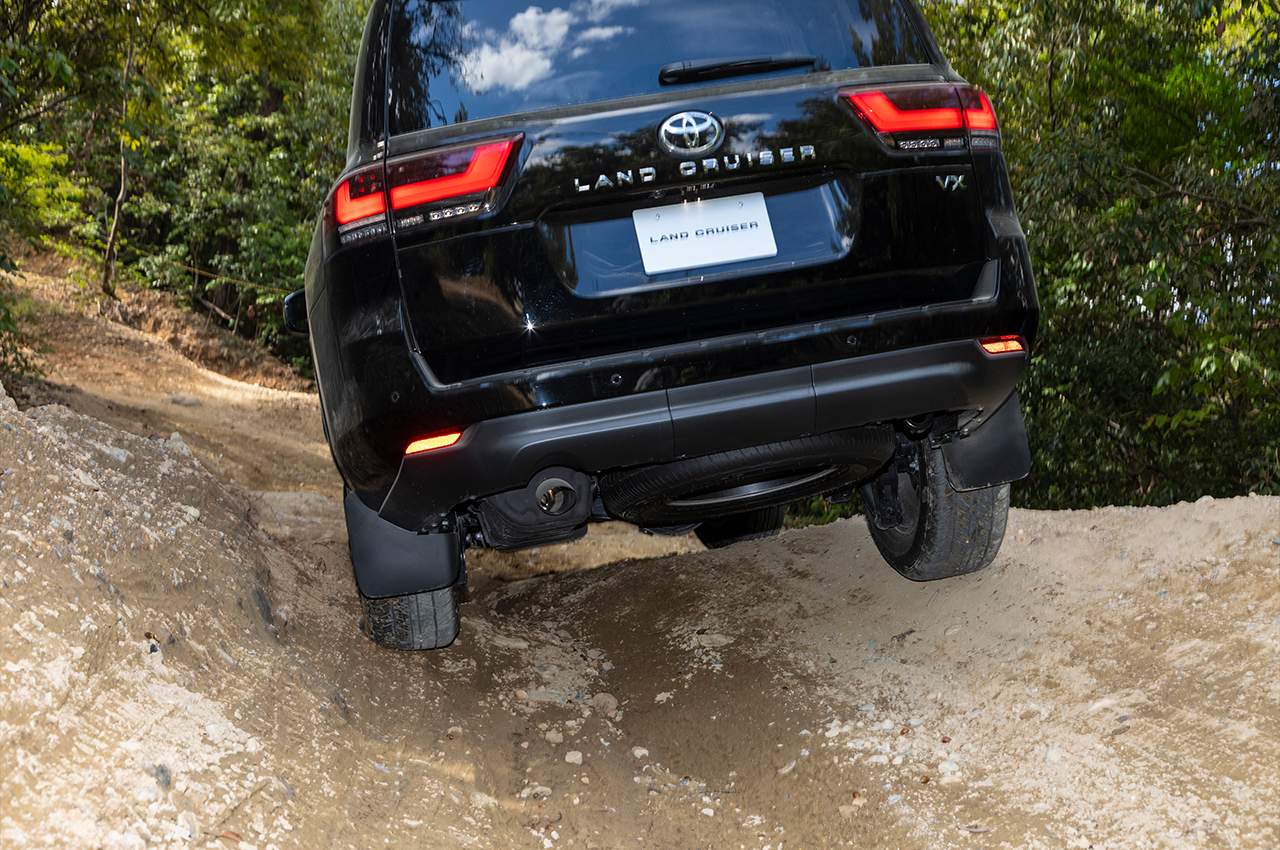
Image Credits: Toyota Japan
Speaking of technology, the new 300-Series sits on the same upgraded platform as the Lexus LX and US-spec Toyota Tundra, quirkily referred to as the TNGA-F (Toyota New Global Architecture, the ‘F’ referring to full-size SUVs) platform. This refers to the Land Cruiser’s separate body and chassis setup or as Toyota calls it, a ‘body-on-frame’ structure. For the record, some SUVs like the Defender use a monocoque body shell like many cars, whereas others including the Jeep Wrangler and G-Class, have a separate body and chassis. Now, having a separate chassis, like the Jeep and Land Cruiser, allows carmakers to fit solid axles and beefier suspension to absorb sizable off-road undulations. This also aids in providing more precise, sharper handling and better ride quality.
The outgoing 200-Series model used Toyota’s Kinetic Dynamic System which could change the stiffness of the dampers and even temporarily disconnect the anti-roll bars to provide better axle articulation or improved traction on uneven surfaces. The new 300-Series employs a similar system but it is controlled by electronics instead of hydraulics which allows it to react faster and be more compliant in changing road conditions.
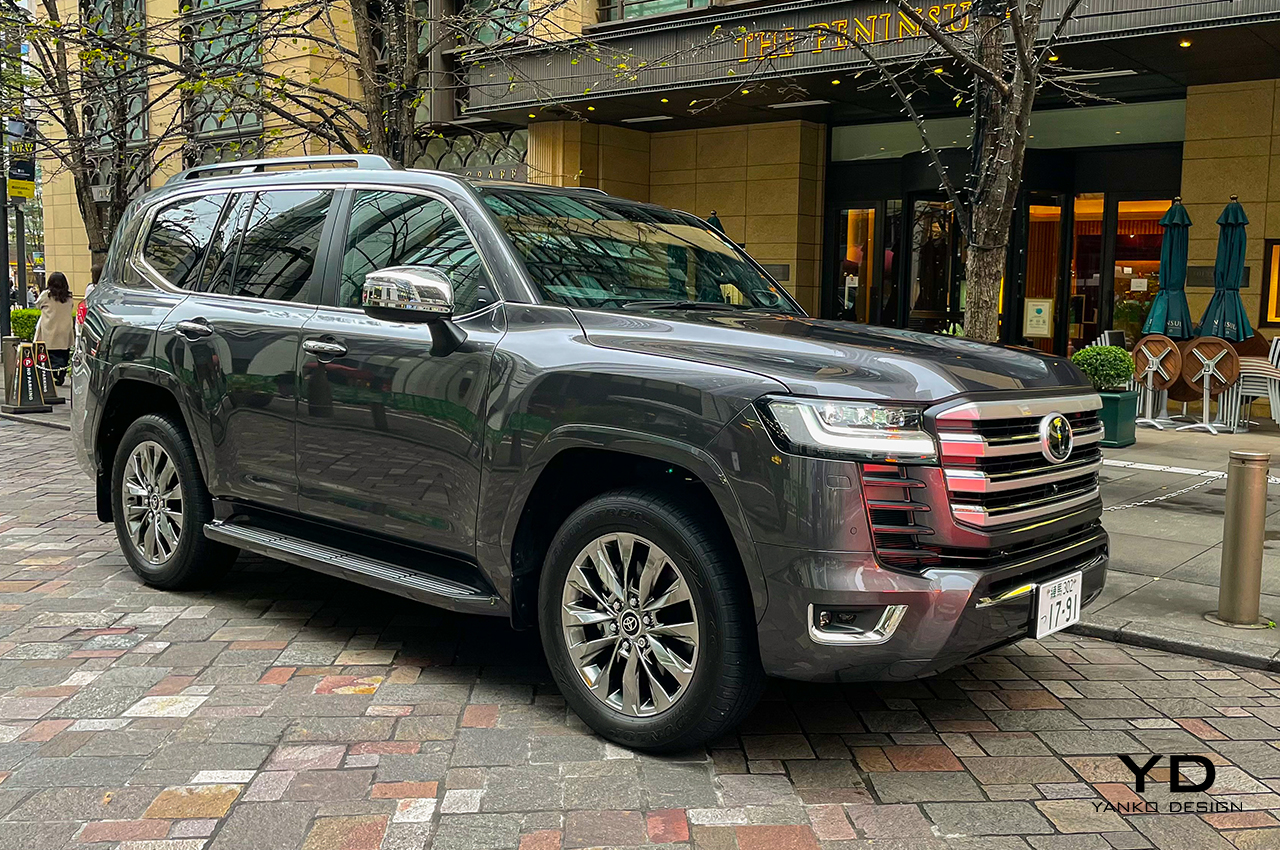
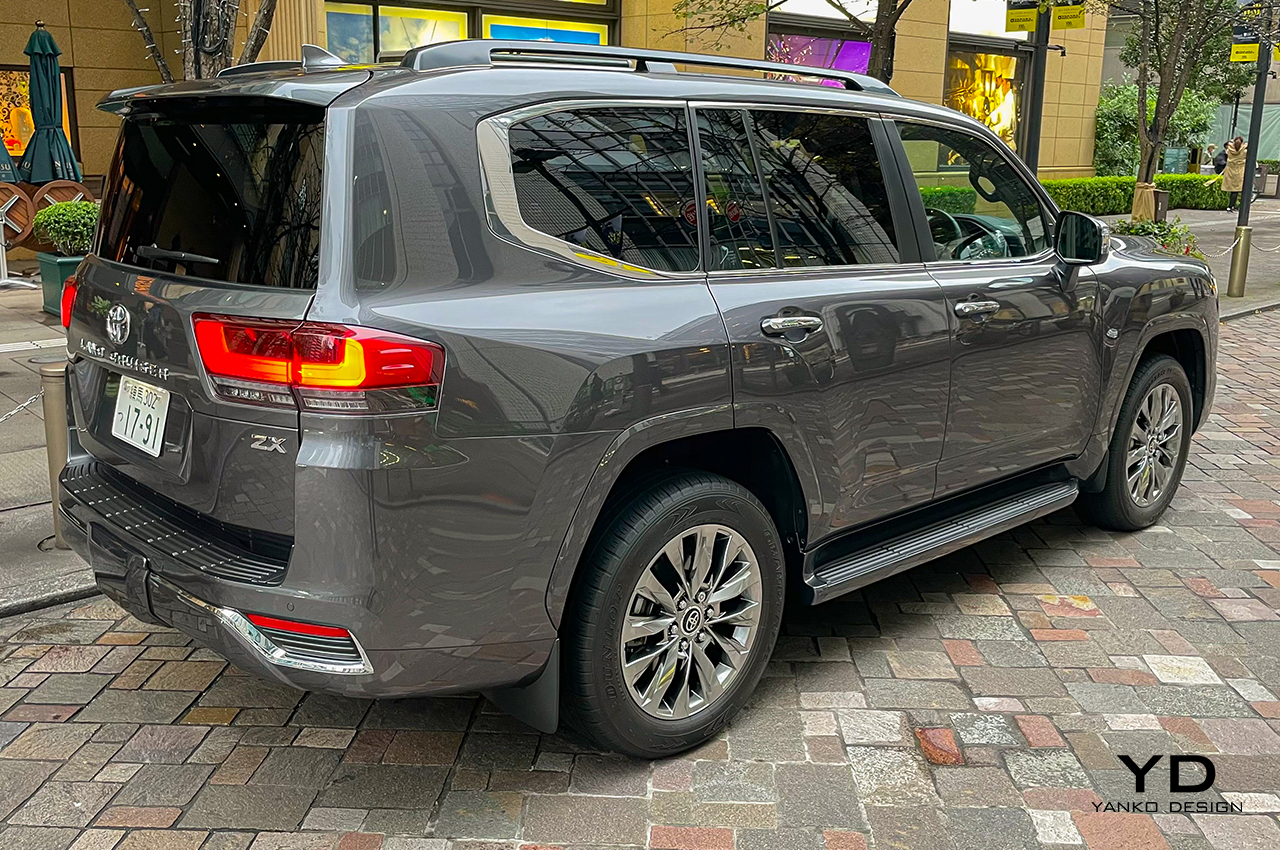
The Driving Experience
Given the Land Cruiser’s pedigree as an unbreakable off-roader, it incorporates full-time 4WD and locking differentials as standard. But it also comes with Multi-terrain Select (MTS) which automatically detects what kind of surface you’re driving on and sets the vehicle’s suspension up for you. That’s connected to the Multi-terrain Monitor that shows you a virtual ‘see-through’ of the SUV’s hood on the infotainment system to give you a clear view of what rocks and ruts lie ahead. Obviously, it helps drivers park in narrow spaces and prevents you from scraping your wheels on high kerbs.
The old 200-Series were unbeatable off-road but when it came to on-road handling, the outgoing model used to roll and wallow in the corners and did suffer from understeer. The new model’s platform is stiffer and has a lower center of gravity while the upgraded Kinetic Dynamic suspension and steering upgrades help the car to turn in sharper with greater precision, sit flatter and with greater poise on straightaways while reducing body roll in the corners and brilliantly absorbing undulations and road vibrations.
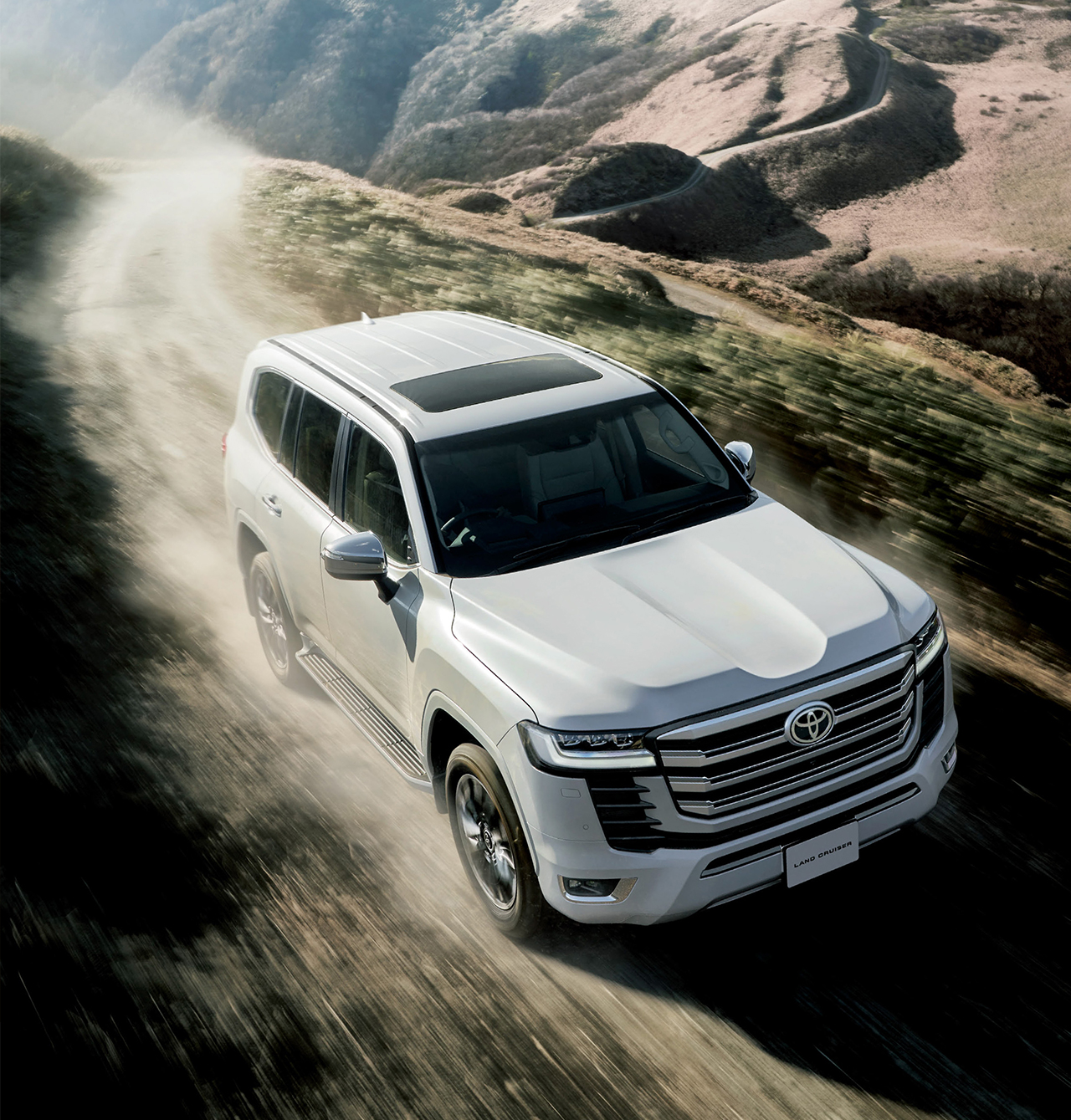
Image Credits: Toyota Japan
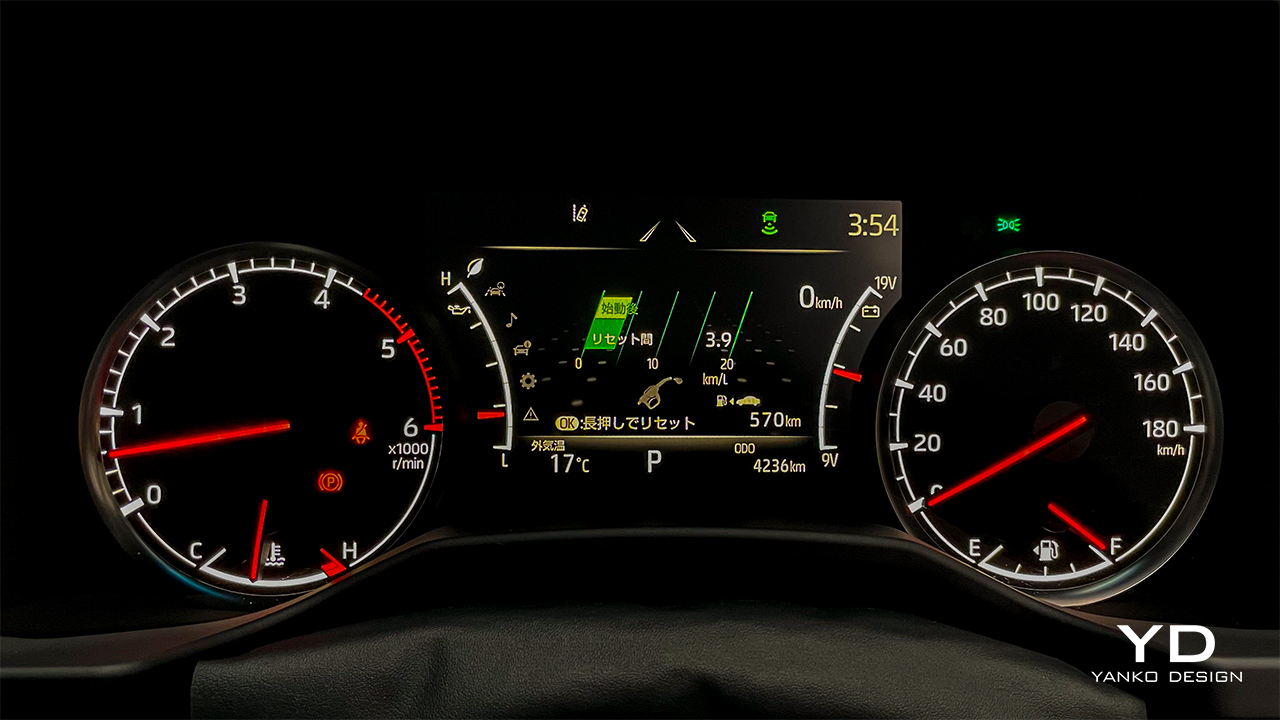
One of the most significant changes in the new 300-Series is the all-new engine range. Gone are the aging gasoline and diesel V8s, replaced by newly developed V6 twin turbo gasoline and diesel powertrains with 10-speed automatic transmissions. That’s right, the old 8-speed has been upgraded to an eye-opening 10-speed box. The new Land Cruiser might get a 10-speed automatic gearbox, but being a heavy-duty off-roader, it also comes with the usual low-range gears allowing you to engage slow crawl modes to descend sharp slopes.
The smaller, more compact gasoline V6 3.5-liter produces 415-hp and 650-Nm of torque, a figure that significantly outperforms the previous gasoline V8’s 381-hp and 543-Nm. Meanwhile, the diesel V6 3.3-liter twin turbo pumps out 309-hp but generates a gutsy 700-Nm of torque which makes it the more desirable choice for farmers in Australia, for example, who need plenty of pulling power to haul trailers and livestock around.
Both V6s deliver better fuel economy, lighter curb weights, cleaner emissions, and more power, which all sounds like the holy grail of engine lineups. And well it may be for the Land Cruiser. Having spent some time behind the wheel of both the new gasoline and diesel versions, I’d have to say that both deliver more than enough performance, merge smoothly and powerfully in traffic, and generate good pulling power while reducing your fuel costs. Improved sound absorbing materials in the cabin and floor also make the driving experience more pleasant with less wind and road noise reaching the cockpit. In fact, the Land Cruiser is approaching the whispery silence of the Lexus LX, especially on the gasoline version. At idle and low revs, however, the diesel V6 still displays the customary diesel clatter of previous versions until you get the car over around 20km/h.

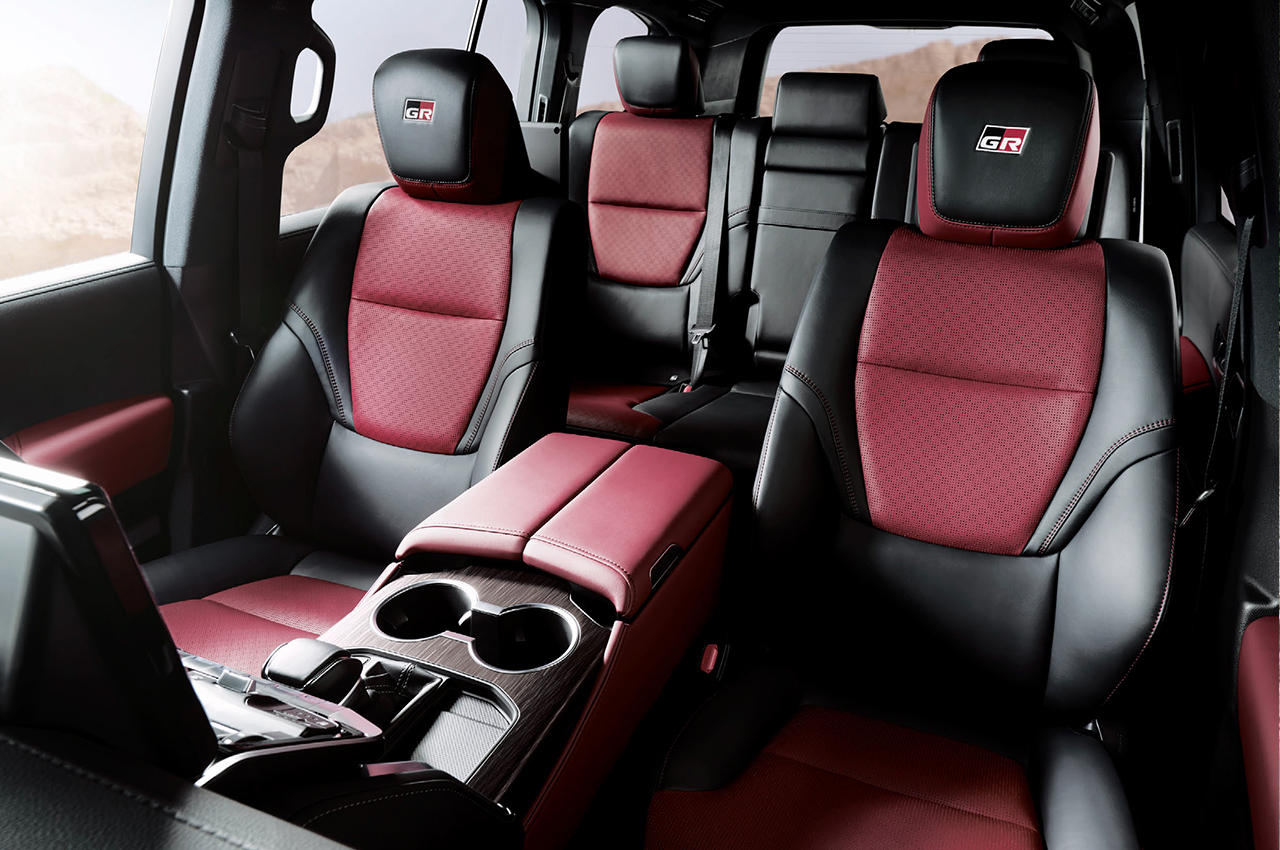
Image Credits: Toyota Japan
Did Toyota Pinch Some Lexus Designers?
Ah, that new cabin. Toyota seems to have pinched some designers from Lexus because the new interior is leagues ahead of the outgoing model. Fitted with soft leather, high quality plastics, aluminum accents, and shiny tactile switches, the 300-Series feels more like a Range Rover than an old Land Cruiser. It is far more high-tech with full digital readouts in the driver’s binnacle, and a large touchscreen boasting crystal clear graphics and easy-to-use slide functions. But one aspect of this new model I particularly like is its bent for analog switches that all have a luxurious look and feel to them including the air-conditioner and audio volume controls.
One other feature that really caught my eye was the power-assisted 3rd row seat foldaway and fold-out function. Press a button just inside the rear doors and you will engage electric motors that slowly raise the 3rd row seat back from a fully flat position to an upright one, before revealing the seat cushion from under the floor like a kid poking their tongue out at you.
Interestingly this function is not available on models supplied to the U.S., a country that actually does not get the new Land Cruiser. According to a U.S. colleague, Toyota made a big mistake in its marketing plan by phasing out the 300-Series from the American lineup. The only cars that will be supplied are vehicles destined for armored vehicle production companies like Alpine Armoring in the Washington DC area. They will fit bulletproof glass, armor plating, and solid rubber tires to entry-level Land Cruisers for local customers needing the best on-road security.
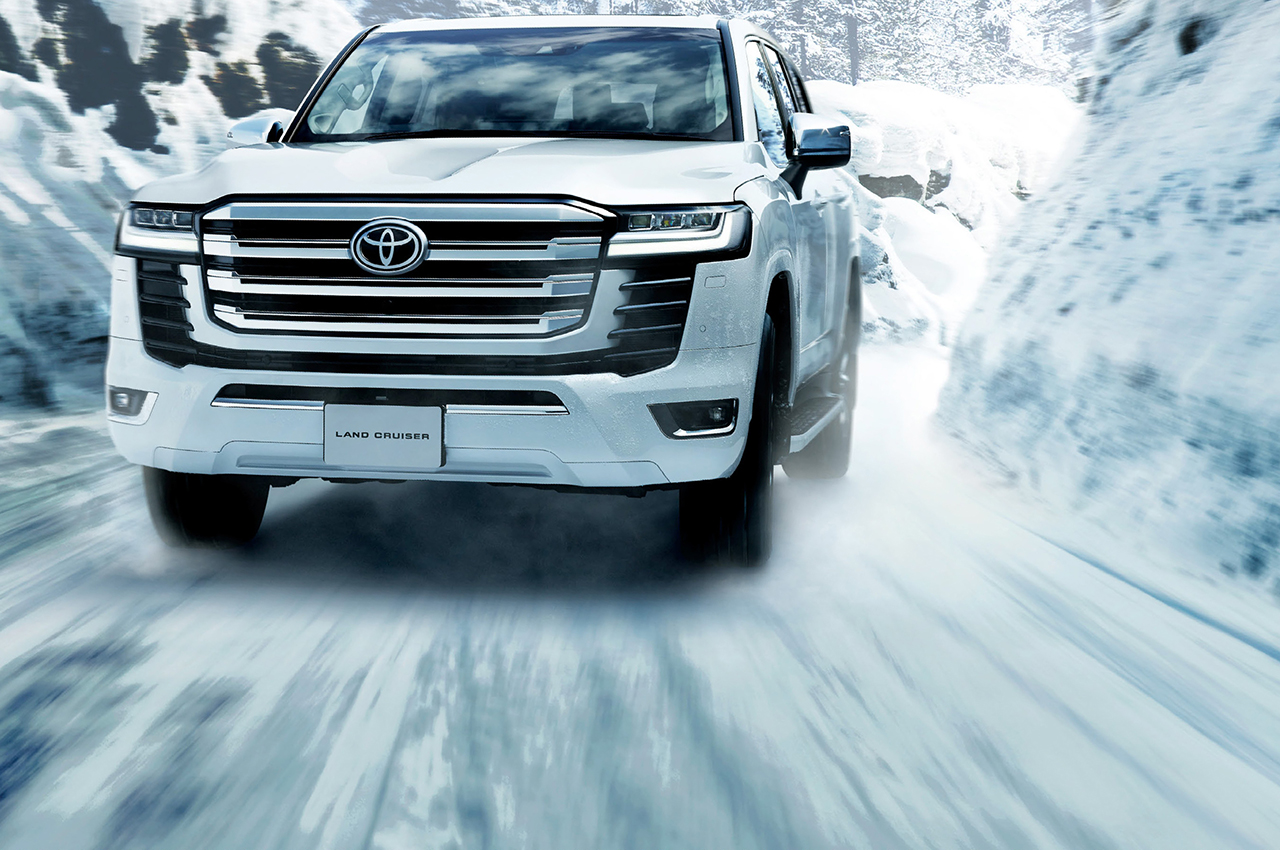
Image Credits: Toyota Japan

Image Credits: Toyota Japan
As I pointed out above, the Land Cruiser is a prime target for car thieves in Japan and beyond. In fact, when I test drove the car in Japan last month, I was handed to rather surprising pieces of 20th century anti-theft devices—namely a tyre clamp and an anti-theft steering wheel bar. I’ve been test driving cars in Japan for over 30 years and I have never been asked by a manufacturer to fit these very analog clunky devices to a hi-tech vehicle. That of course is not saying that Toyota has not done everything it can to prevent theft. To (try to) counter those with light fingers, Toyota designers have fitted a first for the Land Cruiser—a fingerprint recognition ignition switch as well as other reinforced anti-theft capabilities. Before you can drive the new model, you have to ‘register’ your fingerprint on the starter button and position the key fob next to the starter switch just to be able to start the engine. To be honest, it felt eery having to use the latest theft prevention technology alongside a tyre clamp and a steering wheel bar.
In addition to this state-of-the-art anti-theft device, the car also gets the latest in safety features. Fitted with adaptive cruise control as standard equipment, the 300-Series also gets a blind spot monitor and lane keeping functions of the Toyota Safety Sense system but also employs an upgraded safety kit including pedestrian and cyclist detection and emergency braking.
For those who might be considering a Land Cruiser but think it looks too conservative when compared to the G-Class and Defender, Toyota has also announced a ‘GR’ version. Yes, that translates as a sporty high-performance model specially built by Gazoo Racing, Toyota’s in-house motorsport and customizing arm. They’re the same people who conceived the GR Yaris, GR Supra, and GR86. But don’t get too excited that you’ll be able to compete in the grueling Dakar Rally. The GR Land Cruiser is more like a dressed up version kind of like Audi’s S Line series of vehicles that offer visual upgrades.
Image Credits: Toyota Japan
Pricing and Options
The new Land Cruiser 300-Series comes with a choice of either diesel V6 twin turbo or gasoline V6 twin turbo engines, both mated to 10-speed automatic transmissions. Customers also get a choice of five or seven seats and a sporty GR version as well. The diesel version starts at 7.6 million yen (@$66,580) while the gasoline model starts at 7.3 million yen ($63,900). But given that deliveries will be delayed indefinitely due to parts supply issues, we can expect some premium prices to be paid as people try just about anything to grab one of these hugely popular models. Just as long as they don’t try to pinch one, says Toyota.
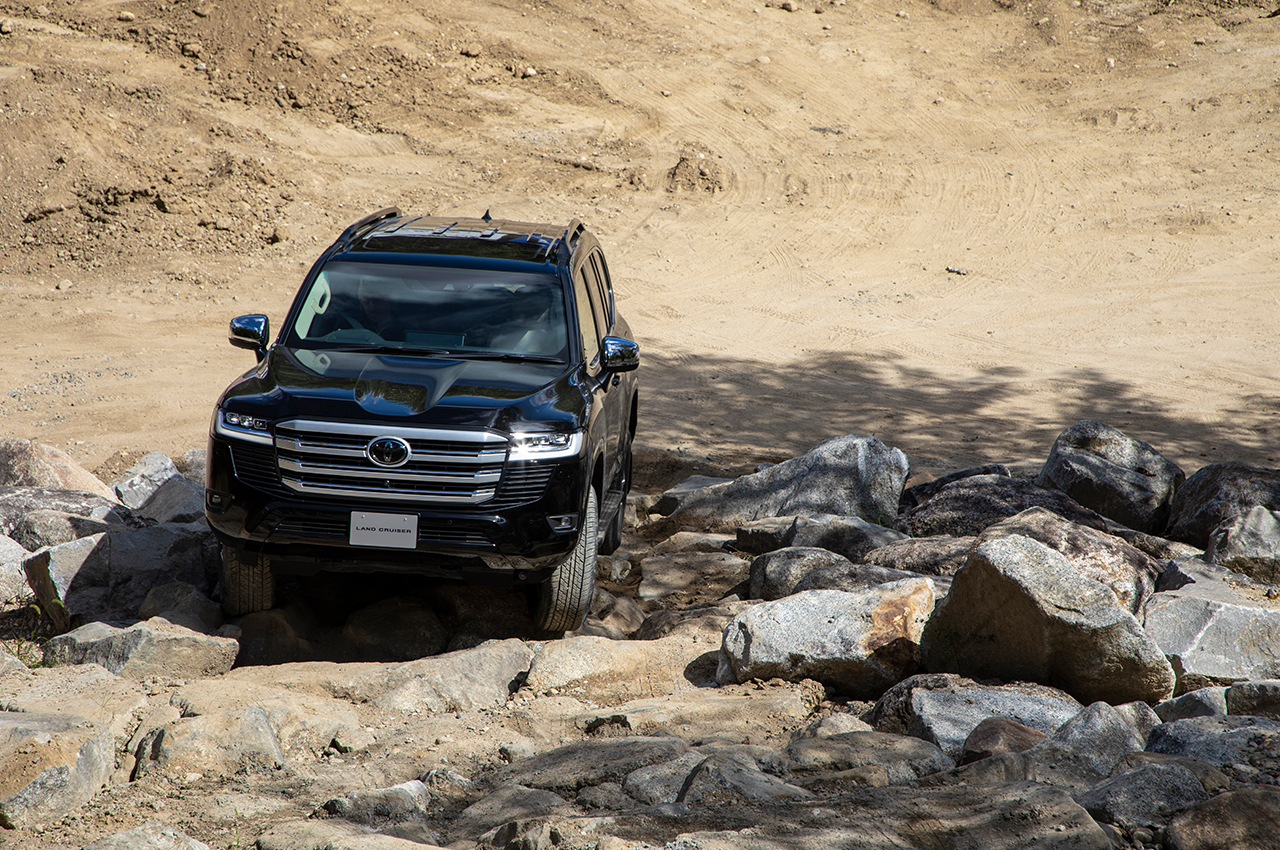
Image Credits: Toyota Japan
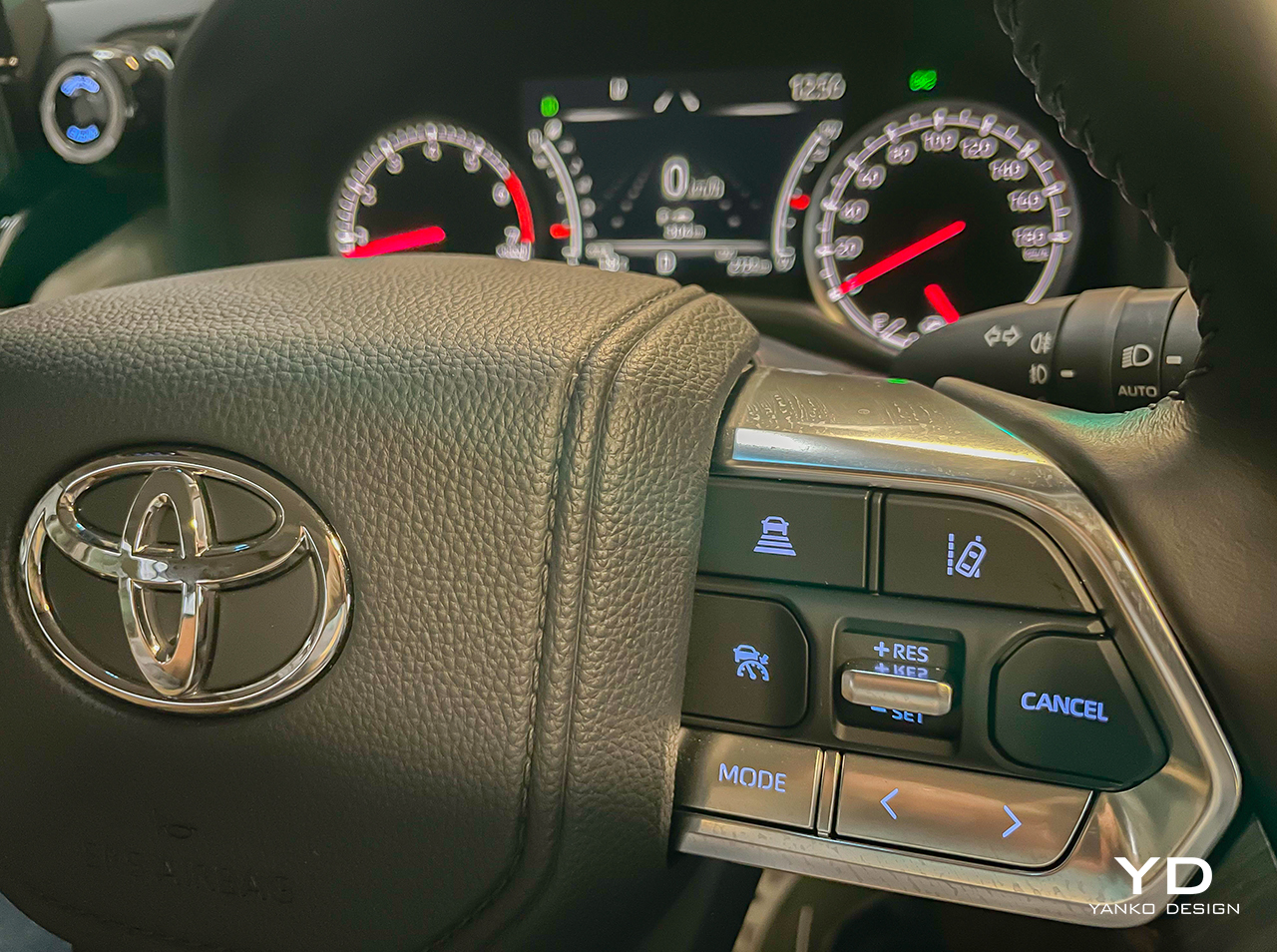
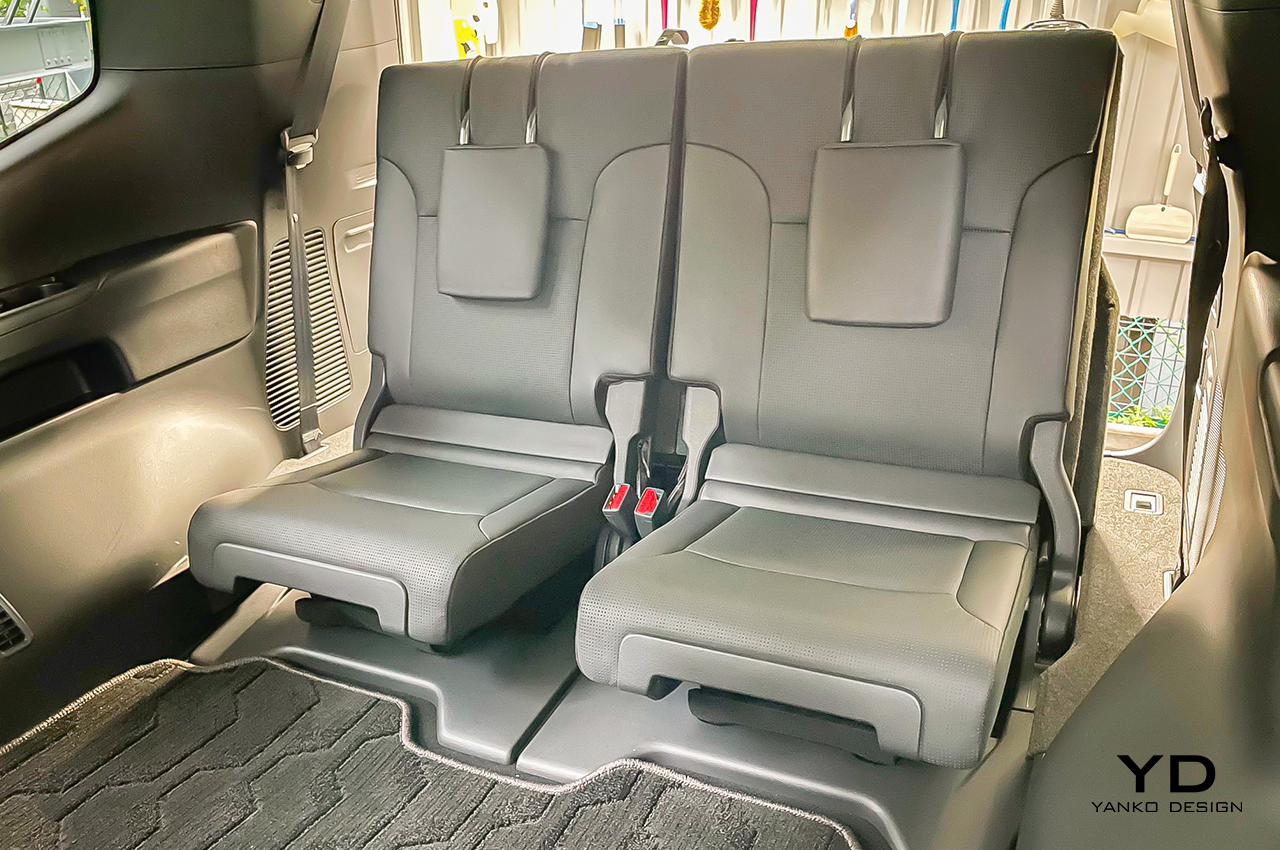
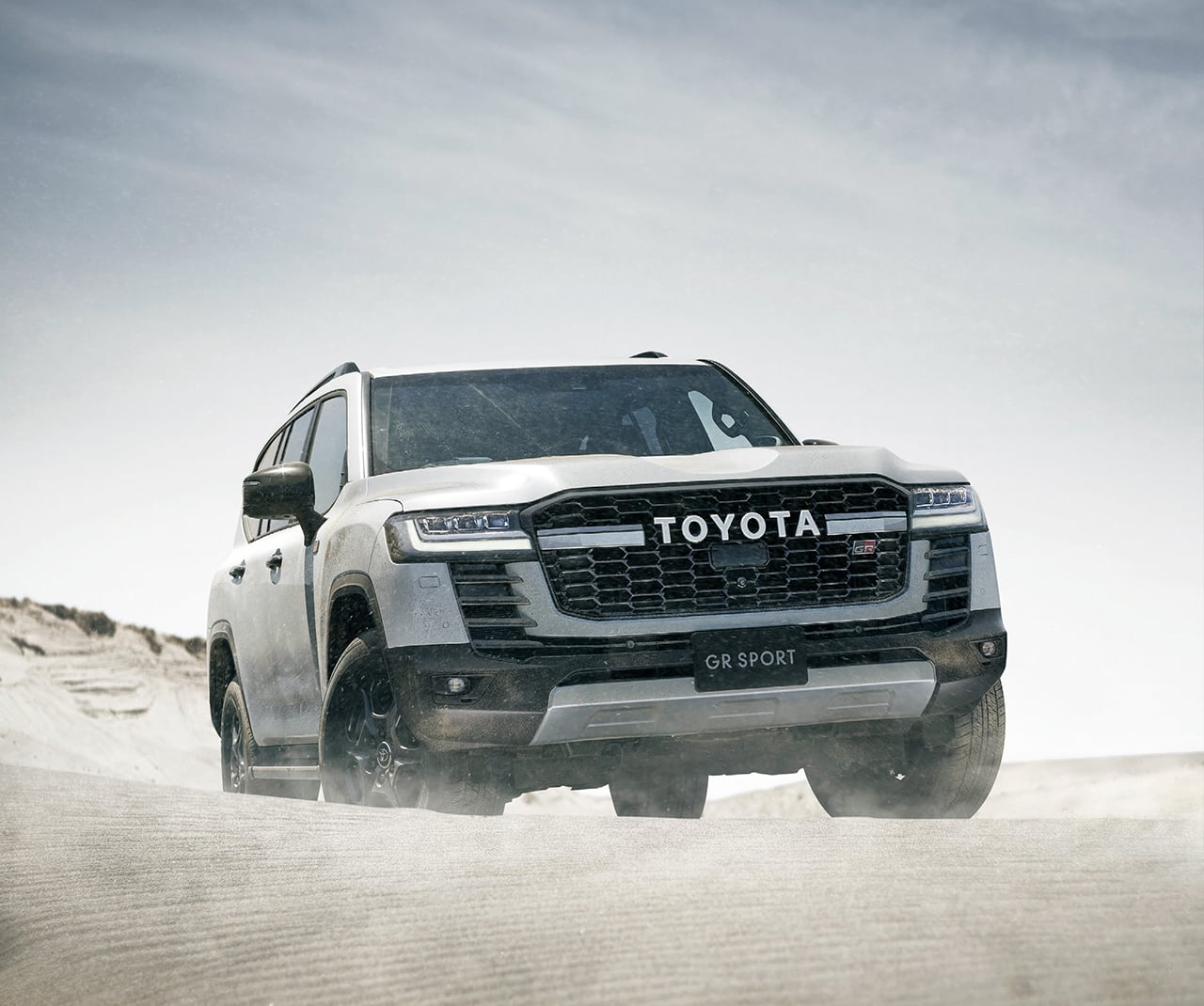
Image Credits: Toyota Japan
The post 2021 Toyota Land Cruiser Review first appeared on Yanko Design.
